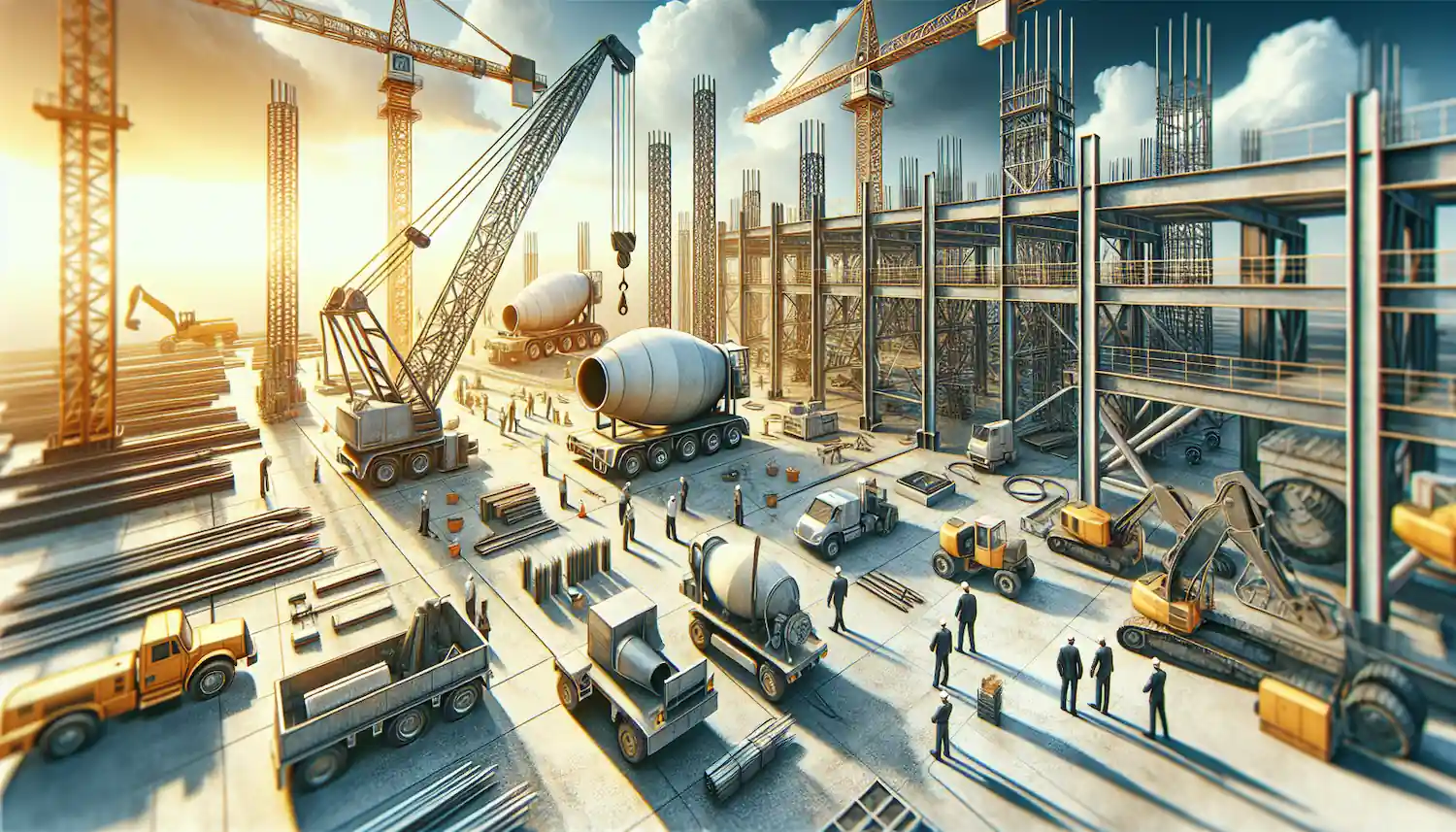15 Essential Tips for Selecting the Perfect Crane for Construction

In this guide, you'll learn about different types of cranes in construction, including crawler cranes and all-terrain cranes. We'll cover important factors to think about when picking a crane, such as crane size, crane for lifting capacity, and crane safety considerations.
You'll also get tips on safety, maximizing productivity, and ensuring your construction crane selection follows all the rules. By the end, you'll be well-equipped to select the perfect crane for your project.
Understanding Different Types of Cranes in Construction
When selecting a crane for construction, it's crucial to understand the different crane types available. Each has unique features and benefits, making them suitable for specific construction tasks.
Tower Cranes
Tower cranes are common on large construction sites. These building construction tower cranes consist of a vertical mast and a horizontal jib, allowing them to lift materials to significant heights. Tower crane safety is crucial, especially in high-rise projects where the right tower crane operation ensures stability and heavy-load capacity.
Mobile Cranes
Mobile cranes provide flexibility and are mounted on tires or crawlers, making them ideal for various terrains. Truck-mounted cranes and rough terrain cranes offer mobility and flexibility for job sites requiring frequent repositioning. These cranes have specialized uses based on the project and site needs.

Crawler Cranes
Crawler cranes are track-based and perfect for projects that involve rough or uneven ground. With a high lifting capacity, these cranes are ideal for heavy-duty tasks.

Key Factors to Consider When Choosing a Crane
Project Requirements
Understanding the project requirements is key to making an informed decision. Use tools like a crane capacity calculator and a crane size calculator to ensure the crane meets the specific lifting needs of your project. Crane pick plans are vital for complex lifts that require precise calculations and planning.
Site Conditions
Assess site conditions such as terrain and available space. Some cranes operate better on uneven ground, while others require a stable base. Also, consider weather conditions, as certain cranes are sensitive to wind and rain, which can impact safety.
Load Capacity
The lifting capacity of a crane is crucial. Exceeding a crane's load capacity can lead to dangerous situations. Always ensure the crane can handle the maximum weight and size of your materials.
For personalized crane recommendations, contact MCH Parts for a free consultation.
Safety Considerations in Crane Selection
Operator Qualifications
Ensure that only trained and certified operators handle your crane. According to OSHA standards, crane operators must have 20/30 vision in one eye and 20/50 in the other, along with normal depth perception and field of vision. They should also possess strong communication skills and the ability to stay focused for extended periods. Operators need to be recertified every 5 years.

Maintenance Records
Regular maintenance is crucial for the safe operation of cranes. Keep detailed records of all inspections and repairs. A competent person should examine the crane's operation function daily, while a qualified person or third-party inspection company should conduct annual inspections. Proper documentation should be kept for at least 12 months.
Safety Features
Look for cranes equipped with advanced safety features such as load moment indicators, anti-collision systems, and stability control. These features help prevent accidents and ensure a safe working environment. Additionally, consider cranes with ergonomic cabs and intuitive controls to reduce operator fatigue and enhance productivity.
To get expert advice on selecting the right crane for your construction project, contact MCH Parts for a free sourcing machinery or parts consultation and a free quote.
Crane Security and Emergency Plans
Establish construction crane security protocols and an emergency plan to address potential hazards like overhead power lines and poor terrain conditions. Also, using outrigger pads can enhance crane stability.

To ensure your crane is secure, explore insurance for crane operators and mobile crane insurance to safeguard your project.
Maximizing Efficiency with the Right Crane
Productivity Benefits
Selecting the right crane for construction can significantly boost productivity on your project. Tower cranes, for instance, are workhorses in high-rise building projects, allowing for efficient material handling at great heights. Mobile cranes offer versatility and quick setup, making them ideal for projects with changing lift requirements. By choosing the appropriate crane type, you can streamline workflows and reduce project timelines. Efficient crane operations can also lead to faster construction and minimize unnecessary CO2 emissions.
Cost Considerations
While the initial cost of a crane might seem significant, it's essential to consider the long-term benefits. The right crane can lead to substantial labor cost savings by reducing the need for manual lifting crews.
Additionally, using appropriate rigging equipment and expertise ensures safe and efficient lifting, minimizing the risk of damage to materials and equipment. Regular maintenance and inspections by rental companies keep cranes in top condition, reducing the likelihood of costly breakdowns that could stall your project.

To get expert advice on selecting the right crane for your construction project, contact MCH Parts for a free sourcing machinery or parts consultation and a free quote.
Comparing Crane Types for Your Project
Fixed vs. Mobile Cranes
When selecting a crane for construction, you'll need to choose between fixed and mobile cranes. Fixed cranes, like tower cranes, offer exceptional stability and can handle heavier loads.
They're ideal for long-term projects, especially in urban areas where space is limited. However, they require more time for setup and dismantling. Mobile cranes, on the other hand, provide flexibility and quick deployment.
They're perfect for projects that need frequent repositioning or have multiple job sites. Mobile cranes can navigate rough terrain and tight spaces, making them suitable for various construction needs. They're often more cost-effective for shorter projects due to their easy setup and removal.
Hydraulic vs. Mechanical Cranes
Hydraulic cranes use compressed fluid to generate power, offering smooth operation and precise control. They're typically less expensive to purchase and install but have lower payload capacities and limited cycle use.
Mechanical cranes, powered by heavy-duty roller chains or cables, provide unlimited cycle use and can lift heavier loads. While they may be more expensive initially, mechanical cranes often have lower long-term operating costs.
To get expert advice on selecting the right crane for your construction project, contact MCH Parts for a free sourcing machinery or parts consultation and a free quote.
Ensuring Compliance and Safety in Crane Selection
Regulatory Requirements
When selecting a crane for construction, it's crucial to comply with OSHA standards. These regulations cover various aspects of crane operation, including operator certification, equipment inspections, and safety protocols.
Employers must ensure that crane operators are certified by an accredited organization, such as the National Commission of Certification of Crane Operators (NCCCO).

Regular inspections are also mandatory, with annual checks by third-party inspectors and daily operational inspections by operators. Adhering to these requirements helps maintain a safe working environment and prevents accidents on construction sites.
Risk Assessment
Conducting a thorough risk assessment is essential when choosing a crane for construction. This process involves identifying potential hazards, evaluating risks, and implementing control measures. Factors to consider include ground conditions, proximity to power lines, and the presence of other structures or equipment.
A qualified person should develop and implement procedures to prevent unintended movement or collapse of the crane. By prioritizing safety and following best practices, you can minimize risks and ensure smooth crane operations on your construction site.
To get expert advice on selecting the right crane for your construction project, contact MCH Parts for a free sourcing machinery or parts consultation and a free quote.
Conclusion
Selecting the right crane for construction has a significant impact on project success and safety. The choice depends on various factors, including project requirements, site conditions, and load capacity. Understanding different crane types, from tower cranes to mobile cranes, helps in making an informed decision.
Safety considerations, such as operator qualifications and maintenance records, are crucial to ensure a secure working environment. The right crane choice leads to increased productivity and cost savings in the long run.
Comparing fixed vs. mobile cranes and hydraulic vs. mechanical cranes helps find the best fit for specific project needs. Compliance with regulatory requirements and thorough risk assessment are essential steps in the selection process.
Consider reaching out to MCH Parts for a free sourcing machinery or parts consultation, ensuring your business benefits from top-tier equipment and service. By carefully weighing all these factors, construction managers can make a well-informed decision that enhances project efficiency and safety.
FAQs
What should be taken into account when choosing a crane for a construction project?
When selecting a crane, consider the following:
- Assess the weight of the load to be lifted.
- Determine the required lift height.
- Calculate the horizontal moving distance.
- Evaluate the terrain of the construction site.
- Consider the accessibility of the project site.
- Identify potential safety issues.
- Review the costs involved.
What are the critical factors to consider when selecting a tower crane?
Selecting the right tower crane involves:
- The weight and radius of the heaviest and farthest lifts.
- The required boom/jib length and the crane's tail swing.
- The necessary amount of tower or mast.
- Whether a hammerhead or luffer crane is more suitable for the project.
What does OSHA require regarding crane operations in construction?
OSHA mandates that every employer using signal persons for crane operations must ensure these individuals are evaluated by a qualified person (either a third party or an employee). This evaluation must confirm that the signal person has the essential knowledge and skills as specified in 29 CFR 1926.1428(a).
What are the primary design considerations for cranes?
The design of cranes must focus on:
- The crane's ability to lift the load's weight.
- The crane's stability to prevent toppling.
- The crane's structural integrity to avoid ruptures.
Read More

Master Global Agricultural Parts Delivery | Mid-Season MRO Guide

Fixing Haul Truck Downtime Issues: Remote Parts Strategy Guide 2025
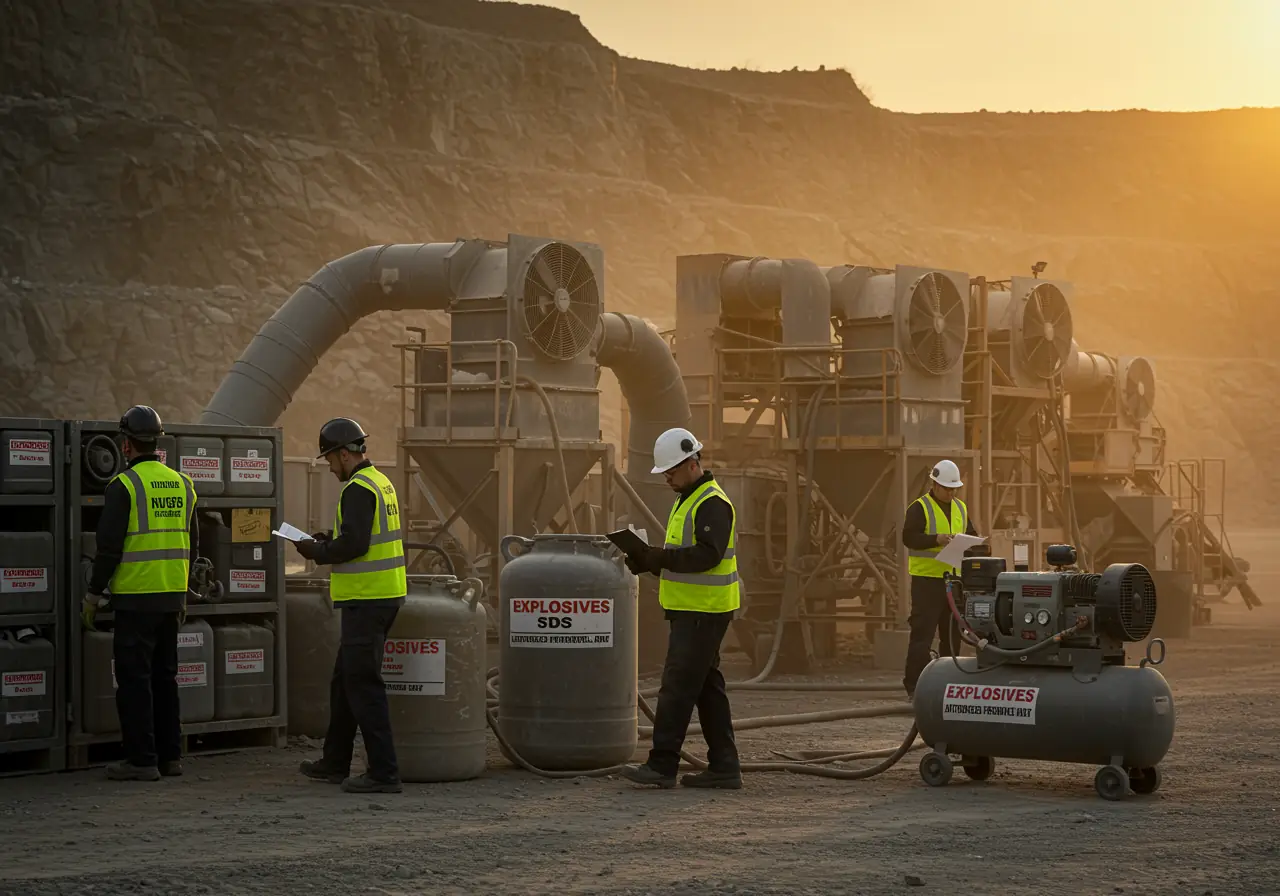
Blasting Equipment Safety Compliance: Must-Know Audit Requirements for 2025

The Step-by-Step Guide to Global Drill Rig Consumables Sourcing
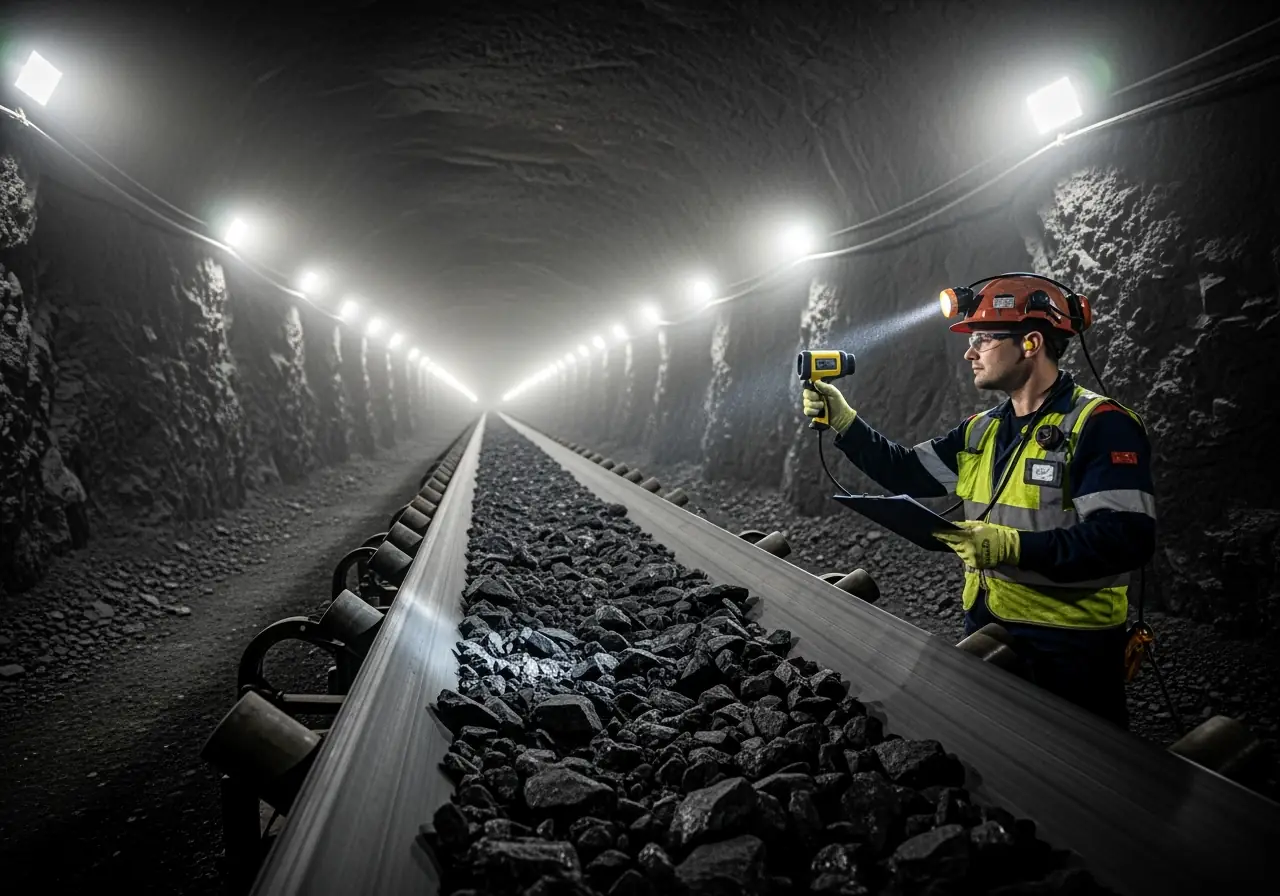
Mining Conveyor Maintenance Guide: Detecting Hidden Risks in Underground Systems
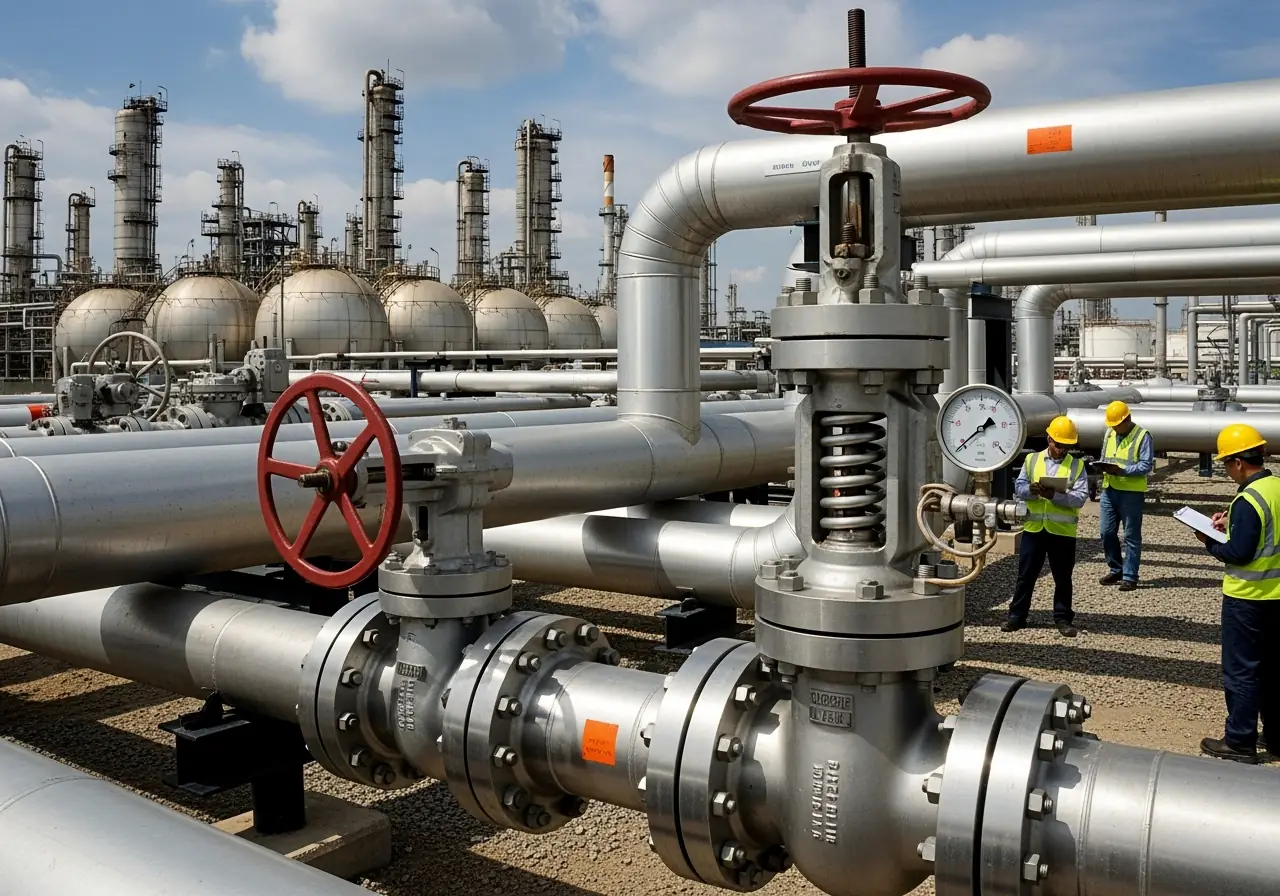
Best Practices for Certified Pipeline Valve Selection: From Specs to Installation
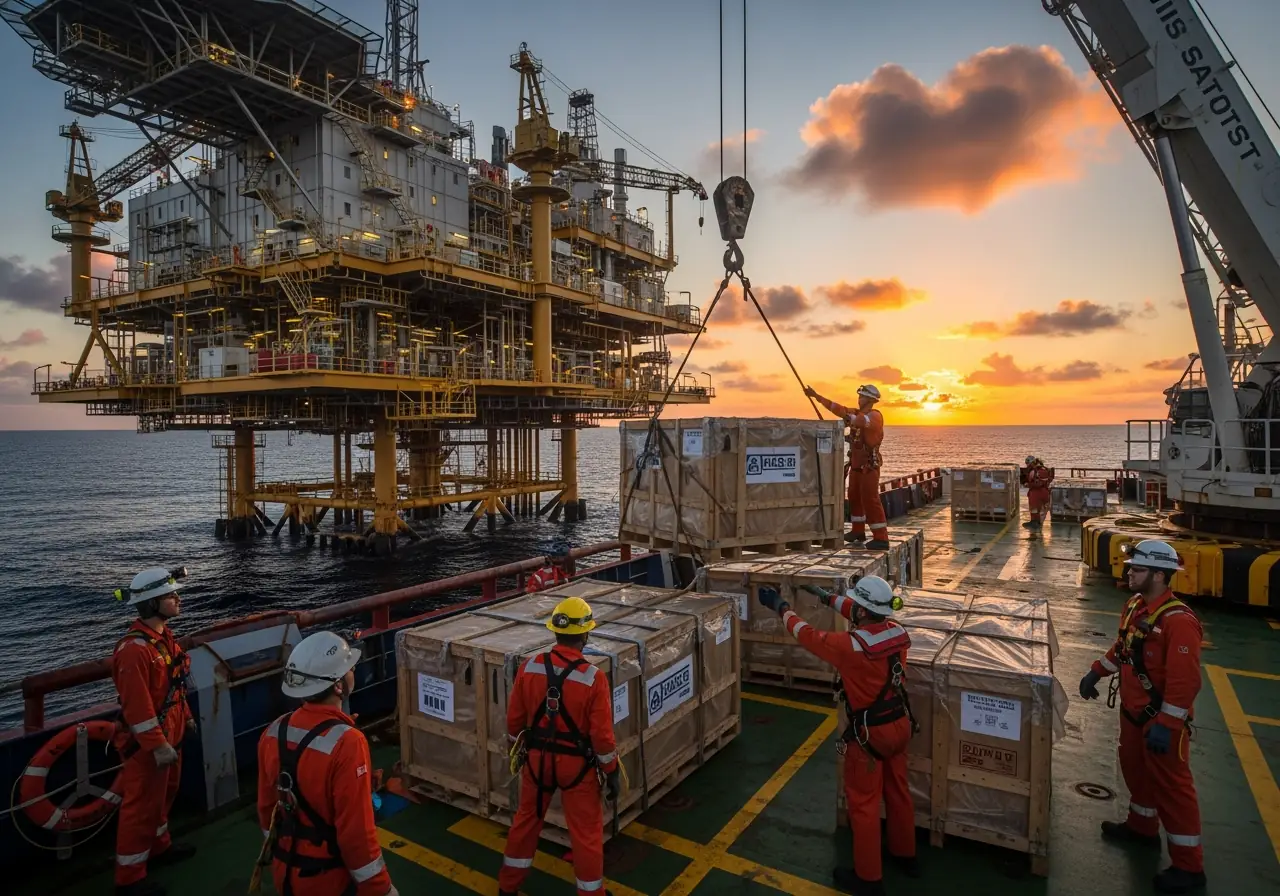
Optimizing Oil Rig PPE Delivery: Proven Strategies That Saved $2M Annually
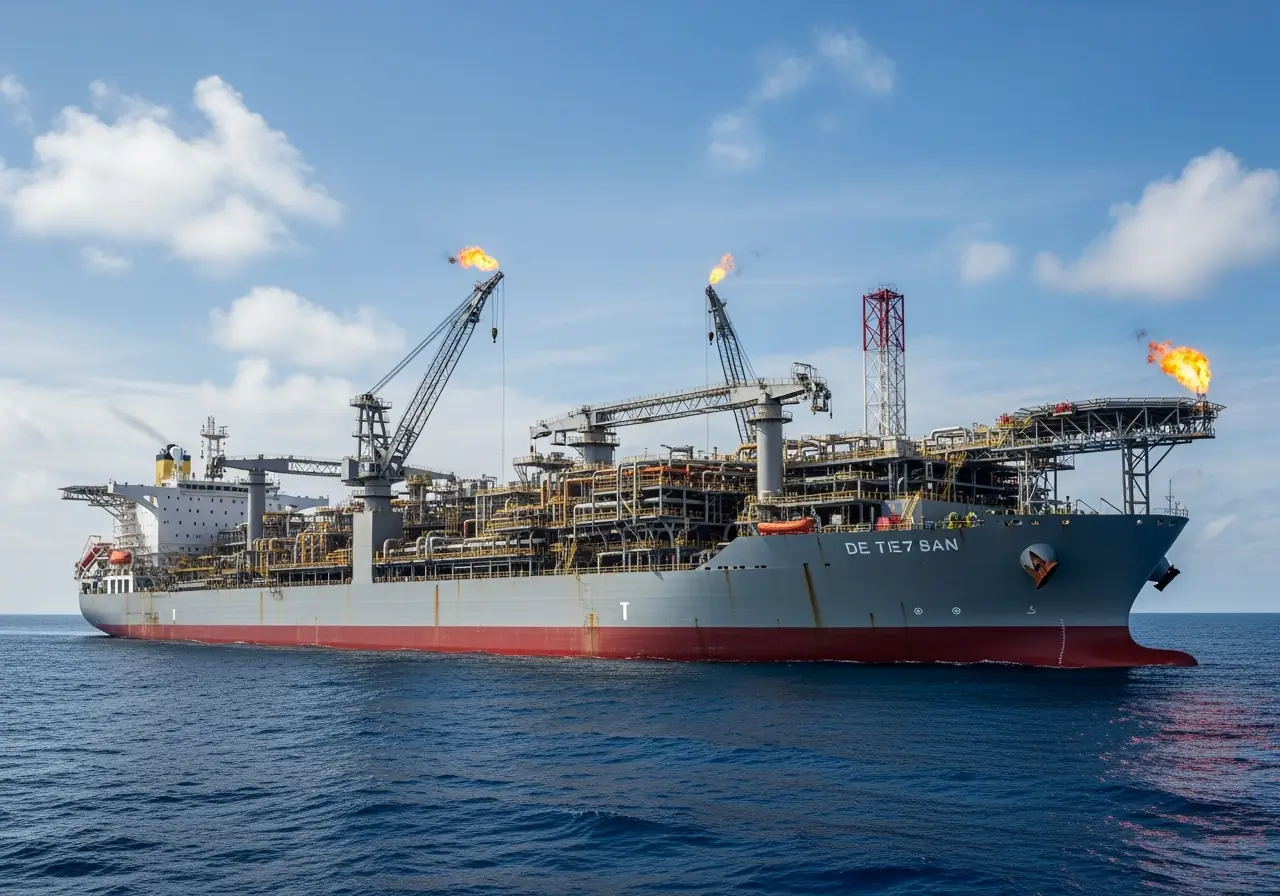
FPSO Smart Parts Planning: Proven Methods to Cut Downtime
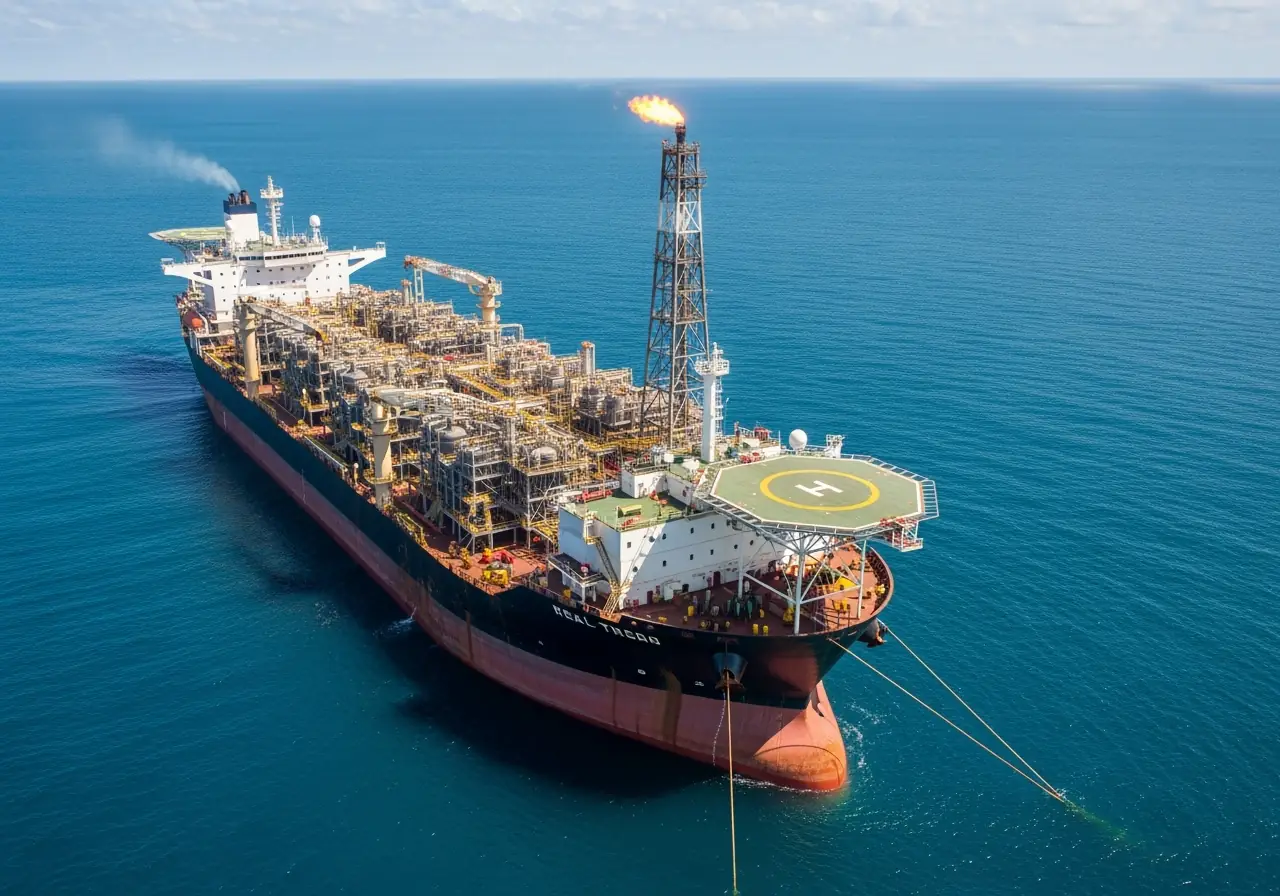
How FPSO Inspection Prevents Million-Dollar Shutdown Losses
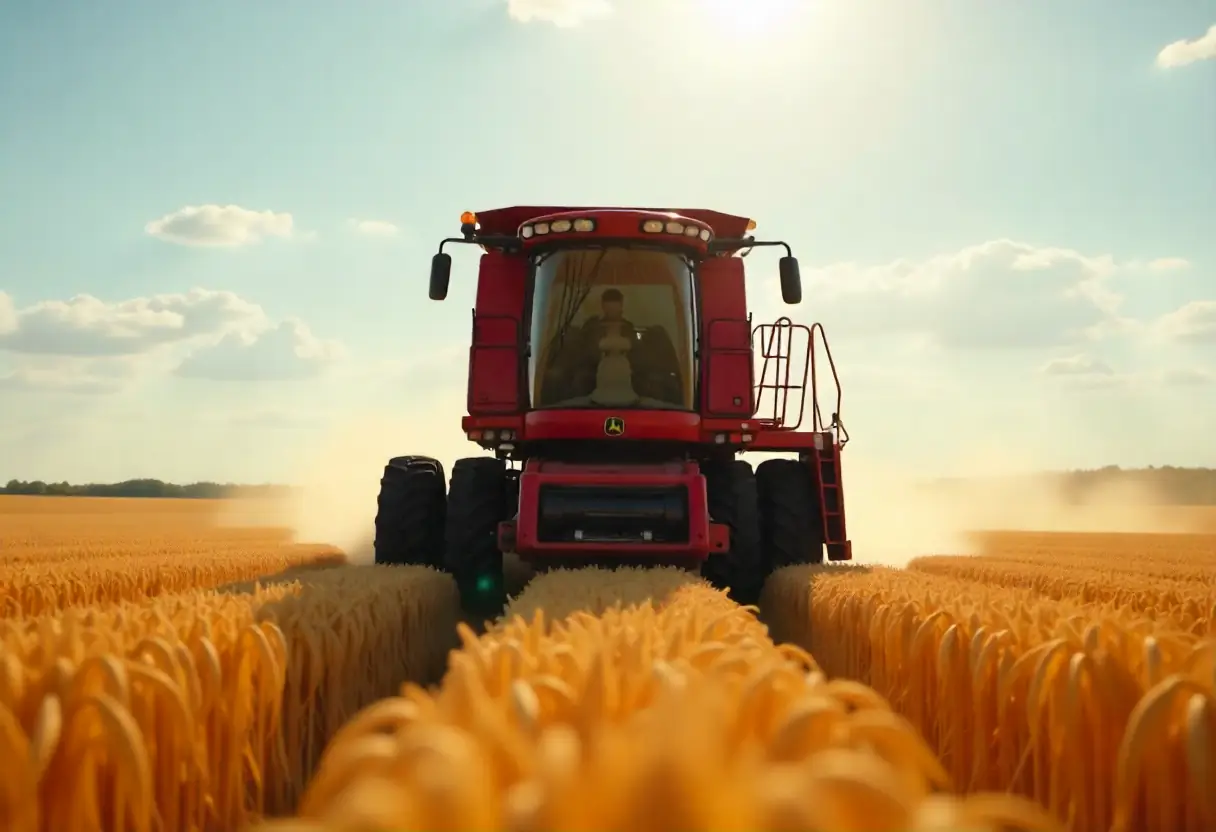
Fix It Before It Breaks: A Farmer's Guide to Combine and Harvester Maintenance

Why Fast Tractor Parts Delivery is Changing Modern Farming [2025 Guide]
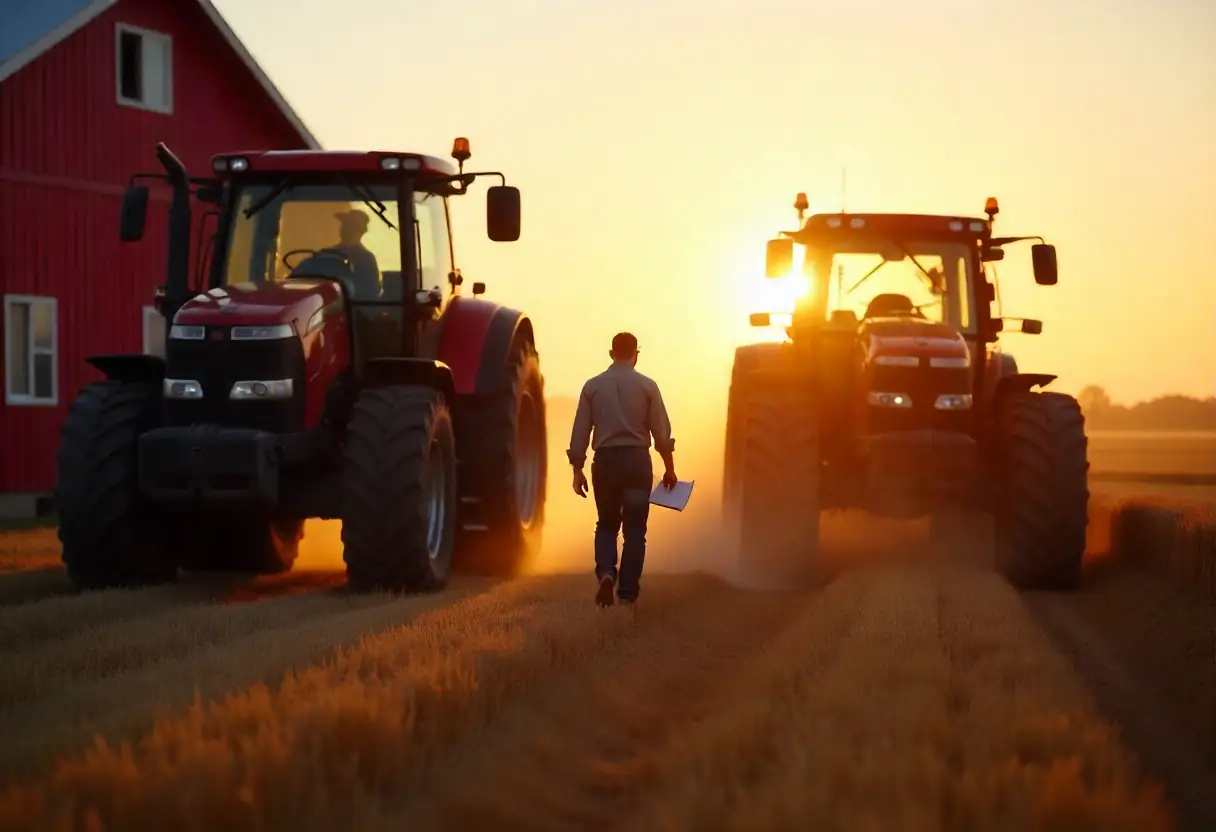
The Critical Farm Equipment Replacement Parts You Need Before Harvest 2025
.webp)
How to Double Your Farm Efficiency: Expert Guide to Smart Scaling

Cut Costs by 30%: Pre-Season Spare Parts Audit Checklist

Proven Success Factors for Agricultural Equipment Manufacturers in 2025
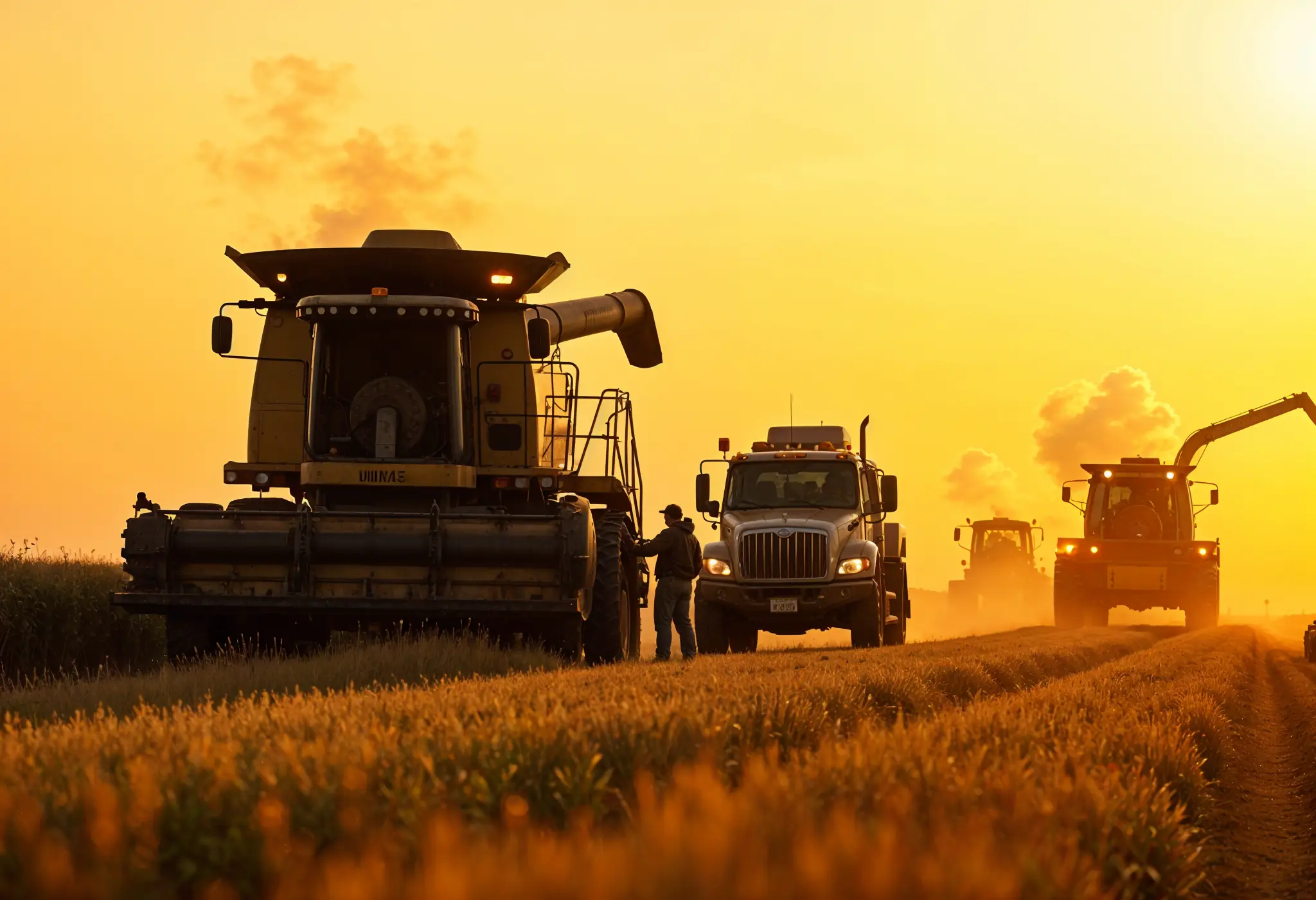
13 Overlooked Farm Spare Parts That Halt Operations — Pt. 2

13 Overlooked Farm Spare Parts That Halt Operations — Pt. 1
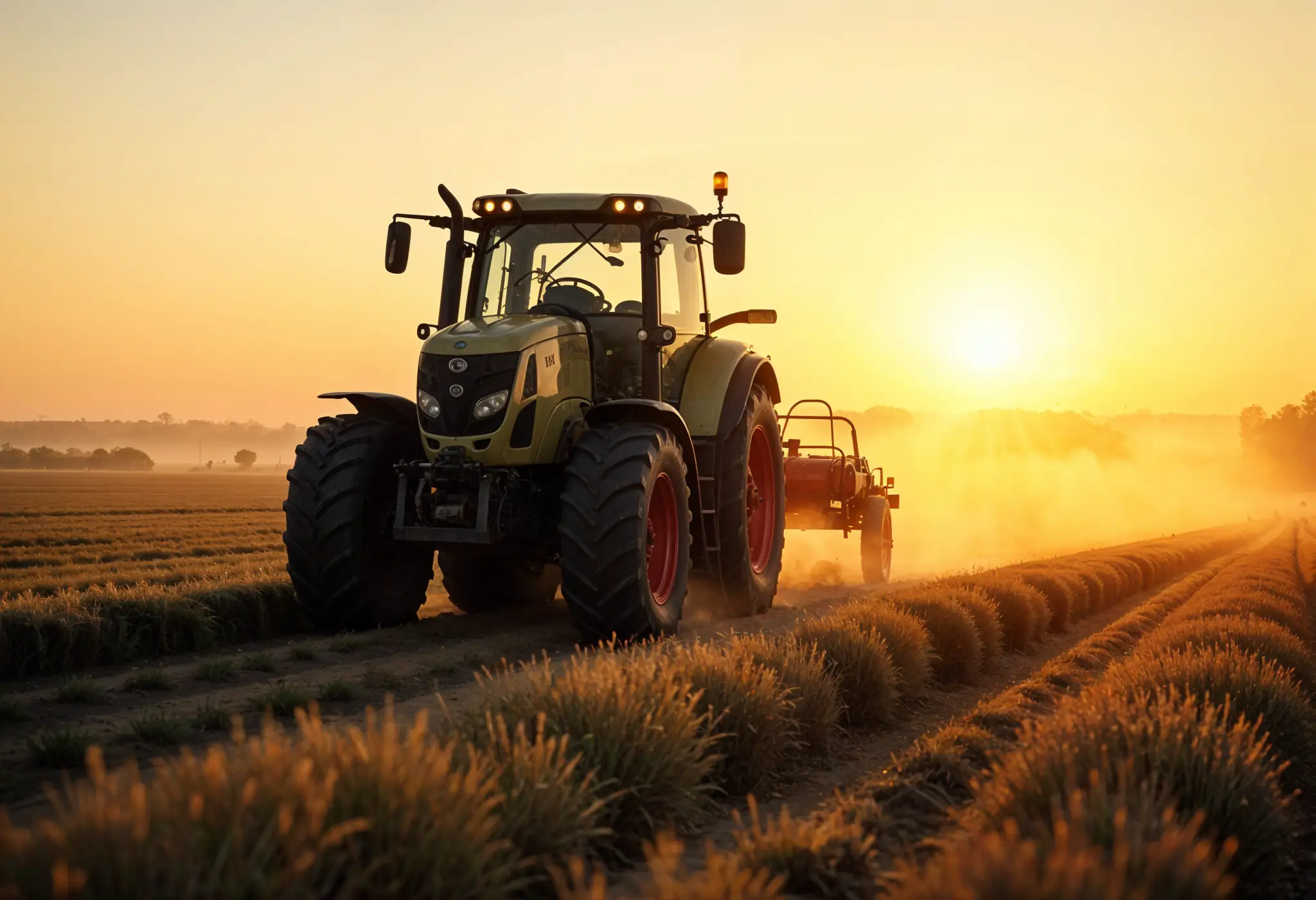
Top Hydraulic Components for Agricultural Equipment in 2025: Complete Guide
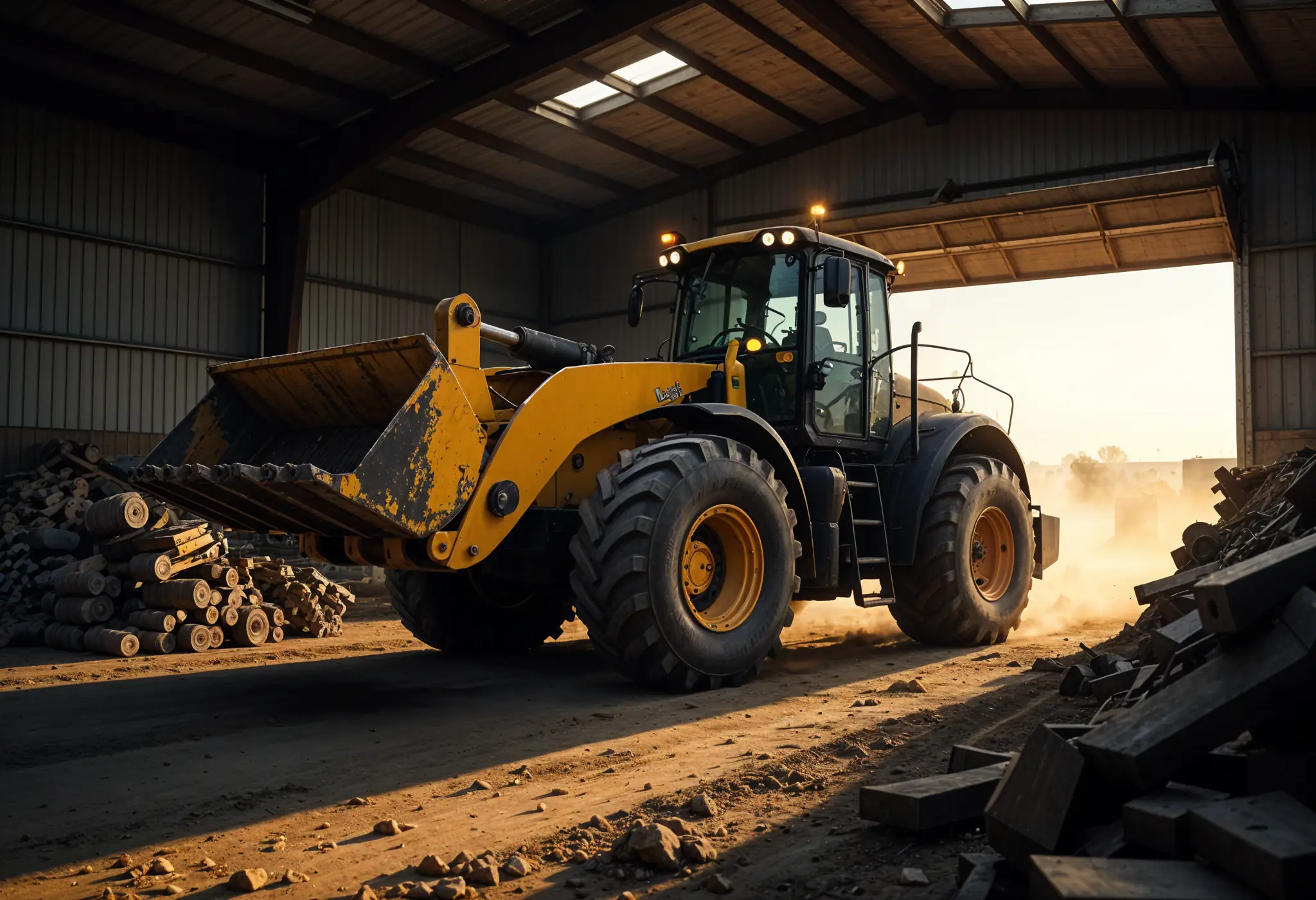
The Essential Farm Equipment Parts You Can't Afford to Run Out Of
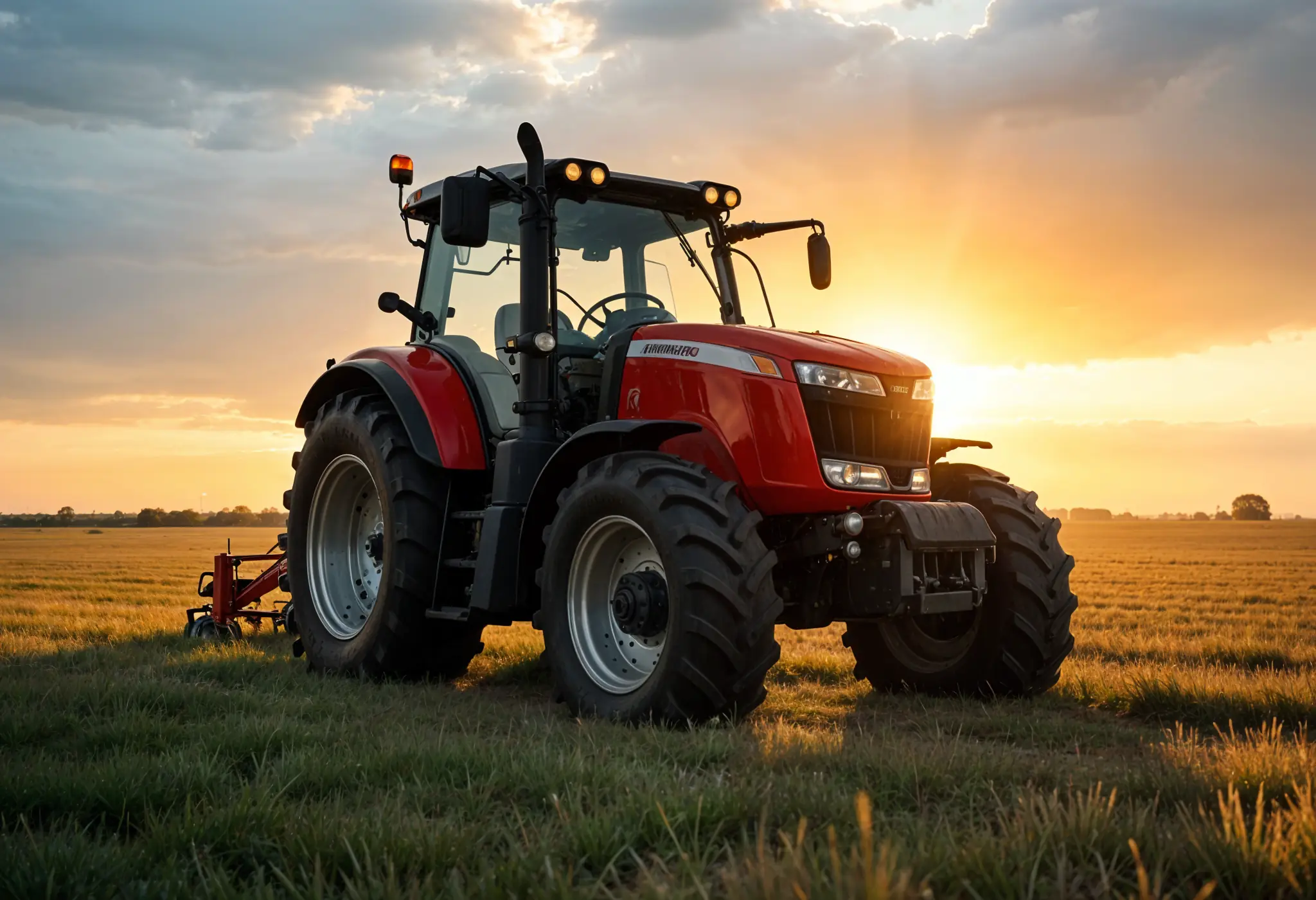
How to Service Farm Equipment: A Farmer's Guide to Zero Harvest Downtime
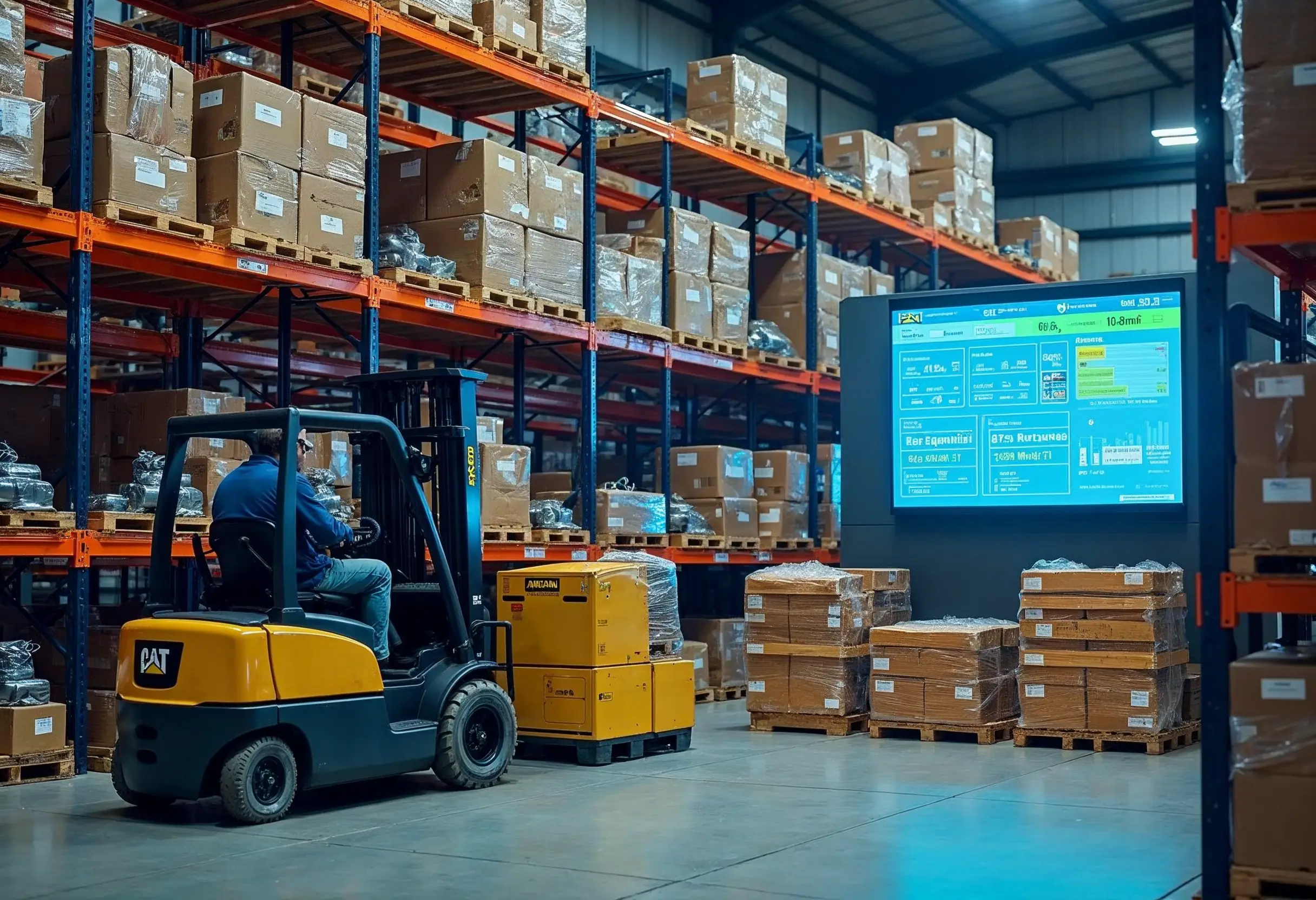
Construction Machinery Parts Suppliers: Expert Selection Guide
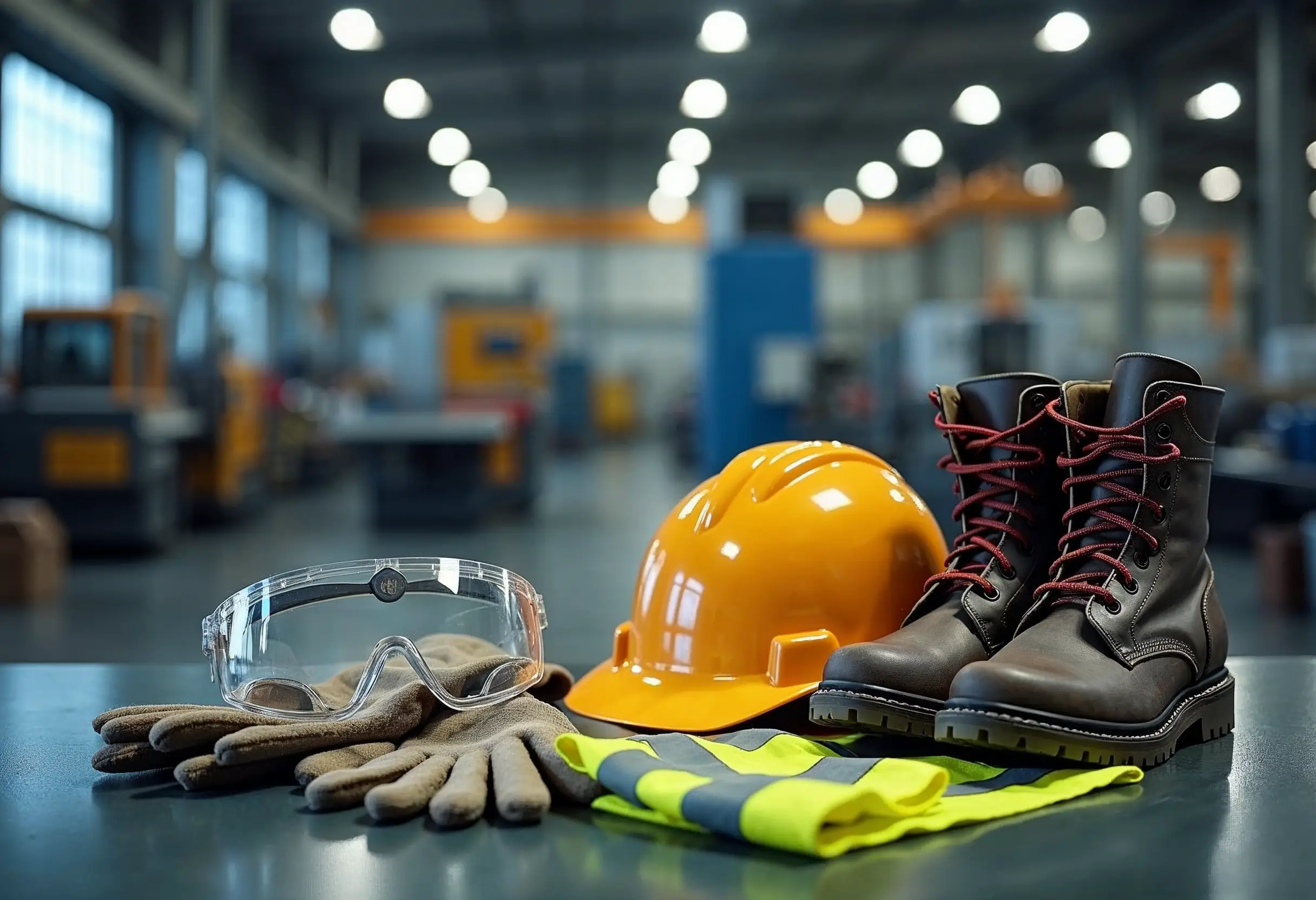
How to Apply Machine Safety Rules: From Selection to Installation

Smart Diagnostics Cut Heavy Equipment Failures by 73%
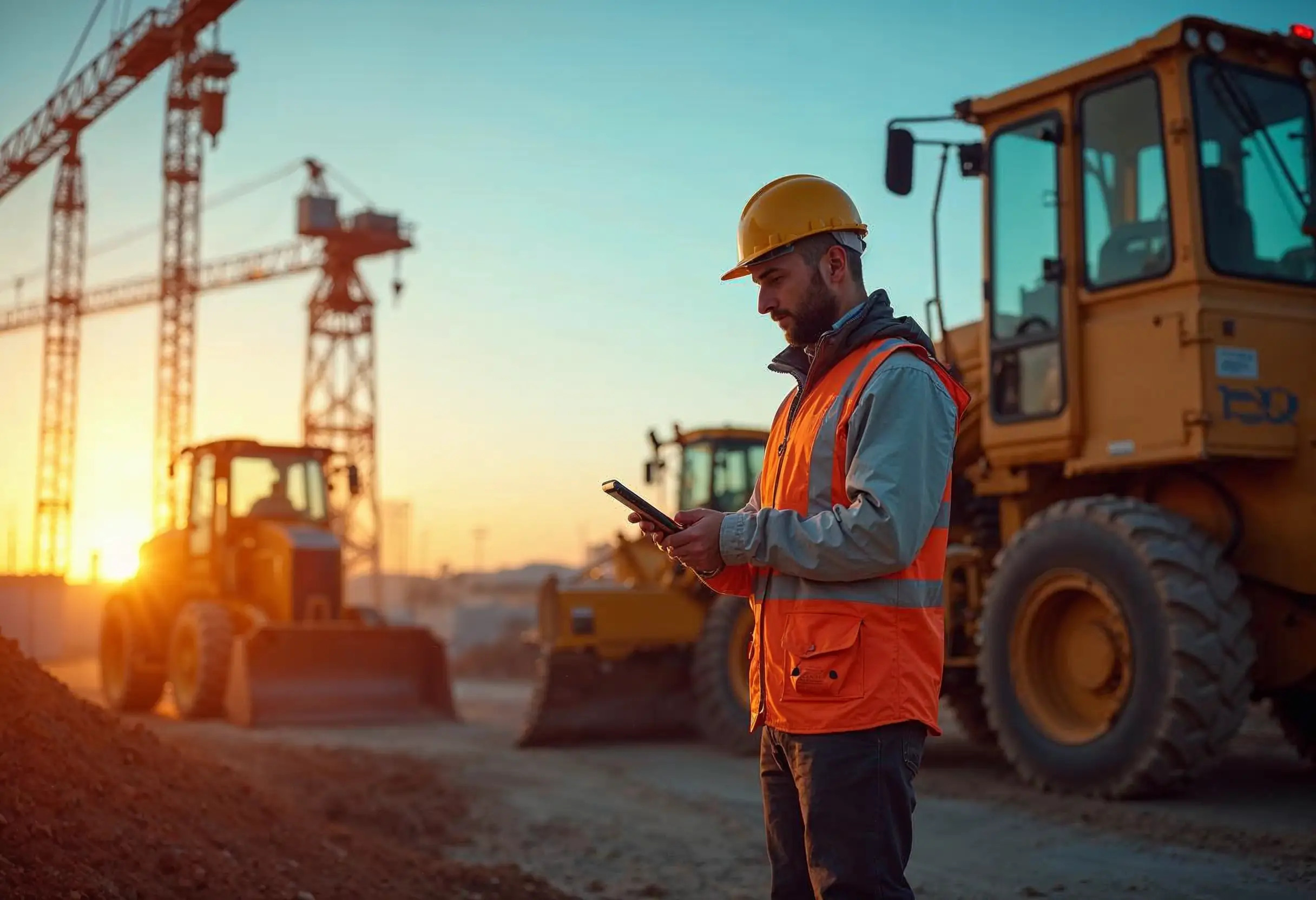
5 Ways to Assess the Environmental Impact of Heavy Construction Machinery

10 Smart Ways to Pick Construction Machinery for 2025 Projects
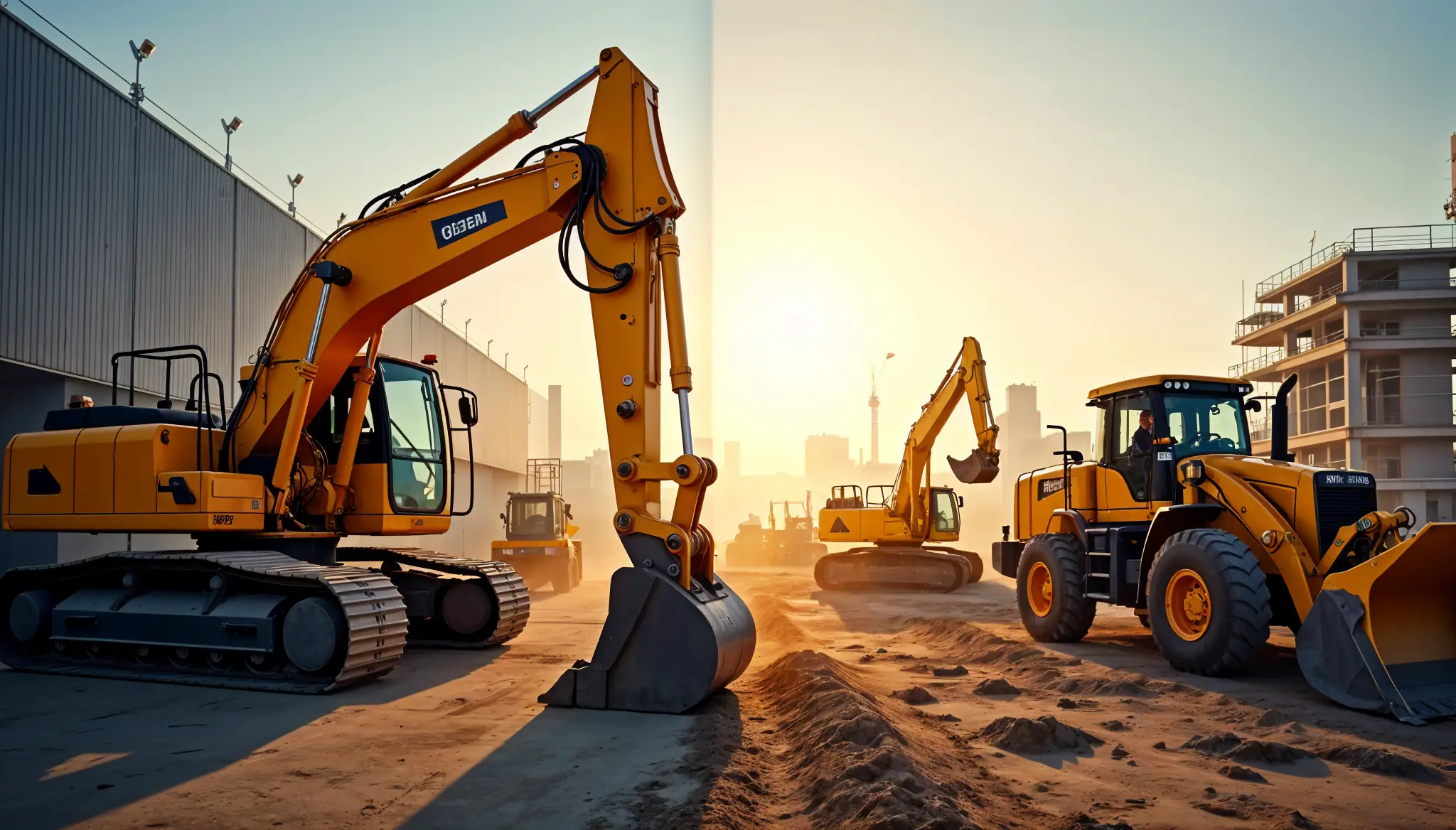
Rent vs Purchase Equipment: What Heavy Industry Experts Hide
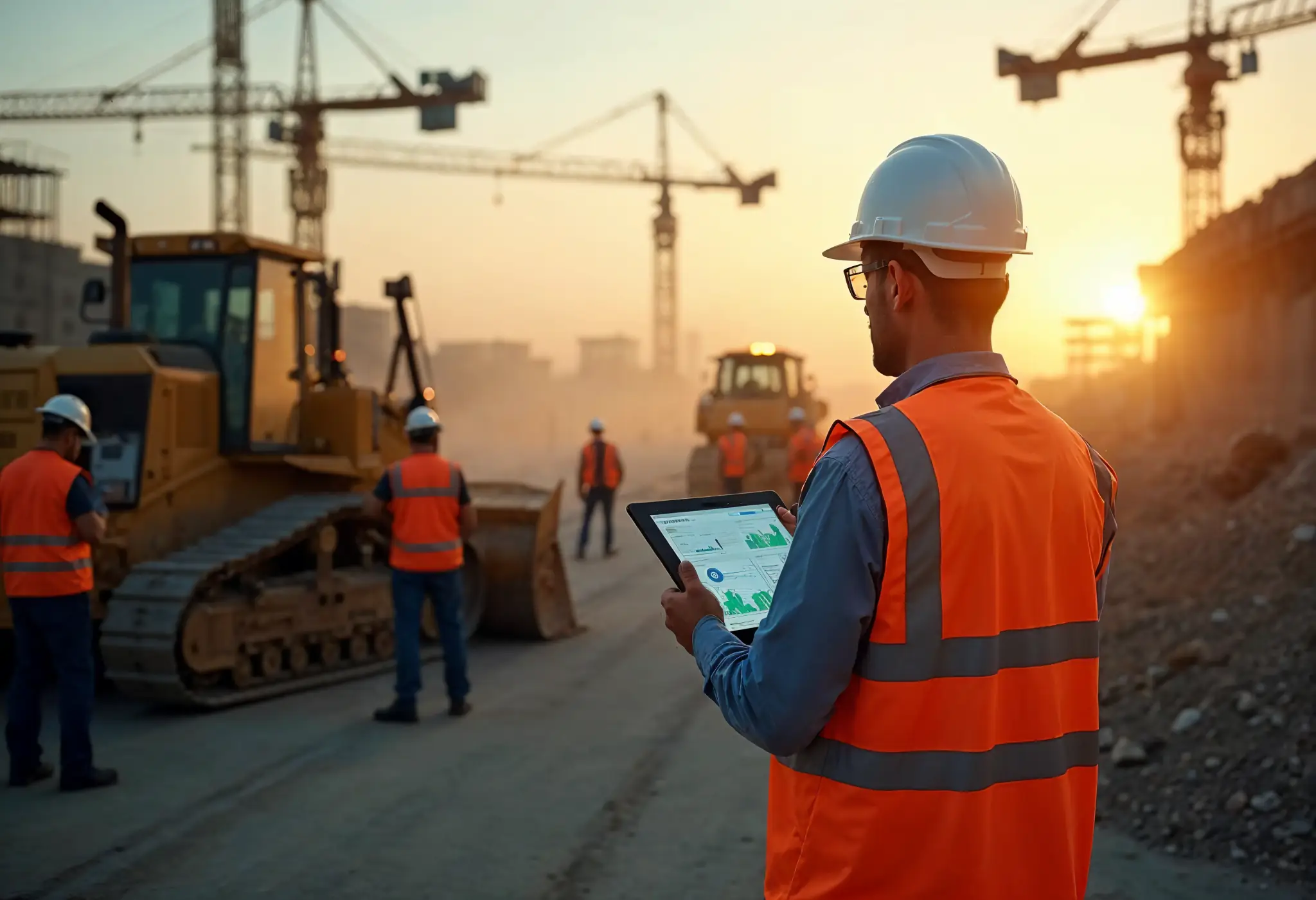
How to Implement a Construction Inventory Management System for Equipment Efficiency
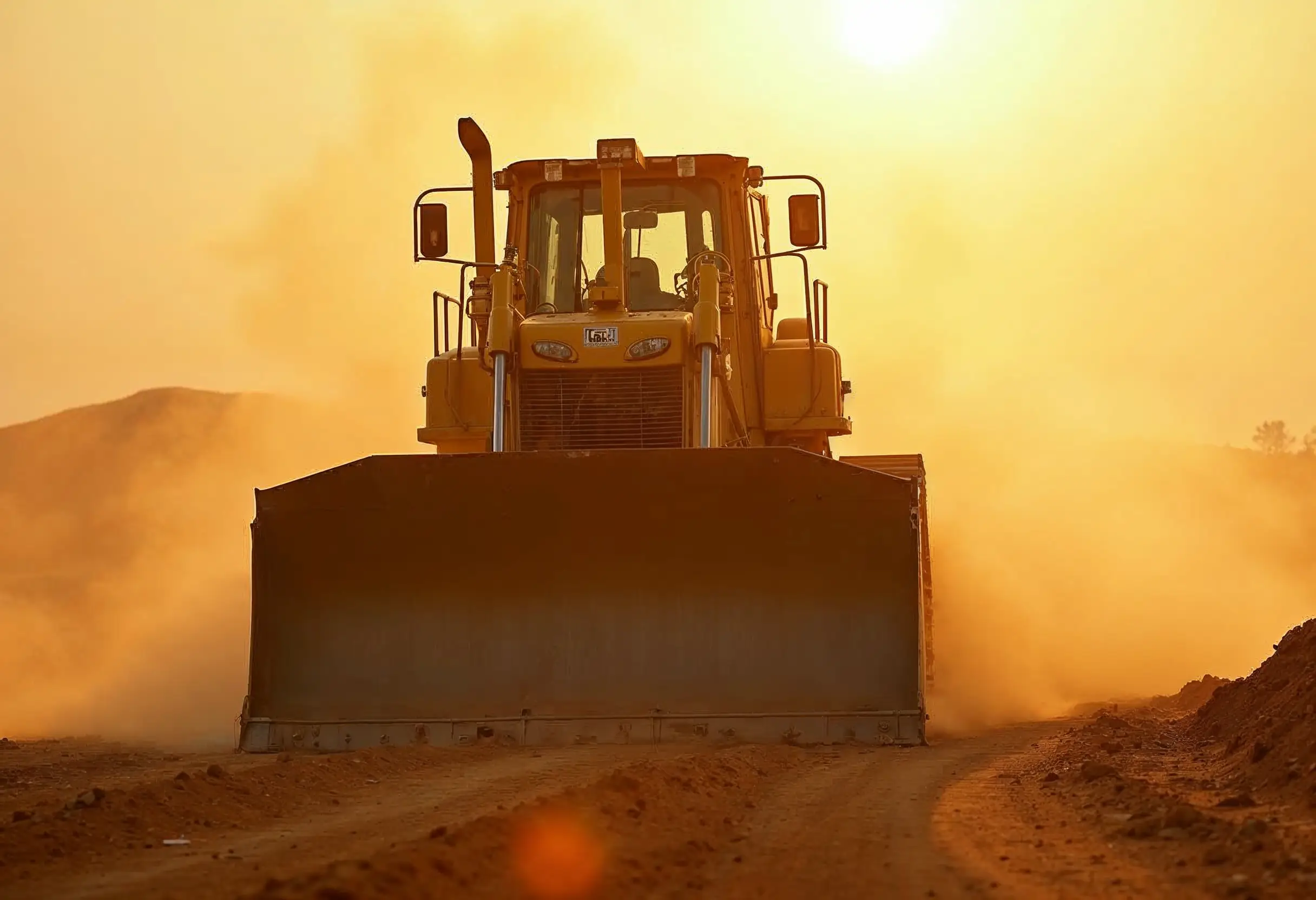
How to Extend Equipment Life Expectancy with Regular Maintenance
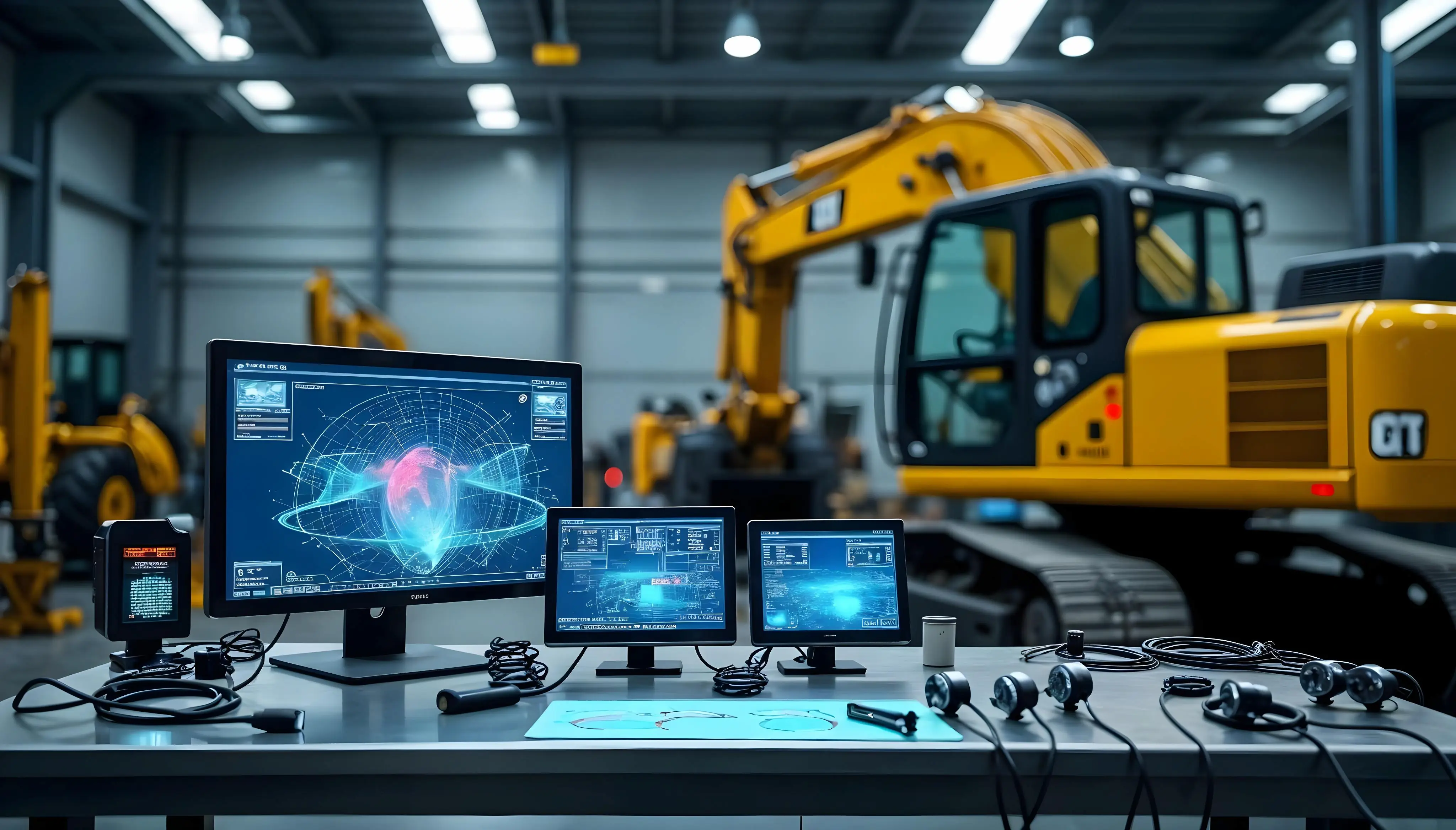
Advanced Heavy Equipment Diagnostic Tools: Ensuring Construction Machinery Quality
Essential Features Your Construction Equipment Inventory System Needs
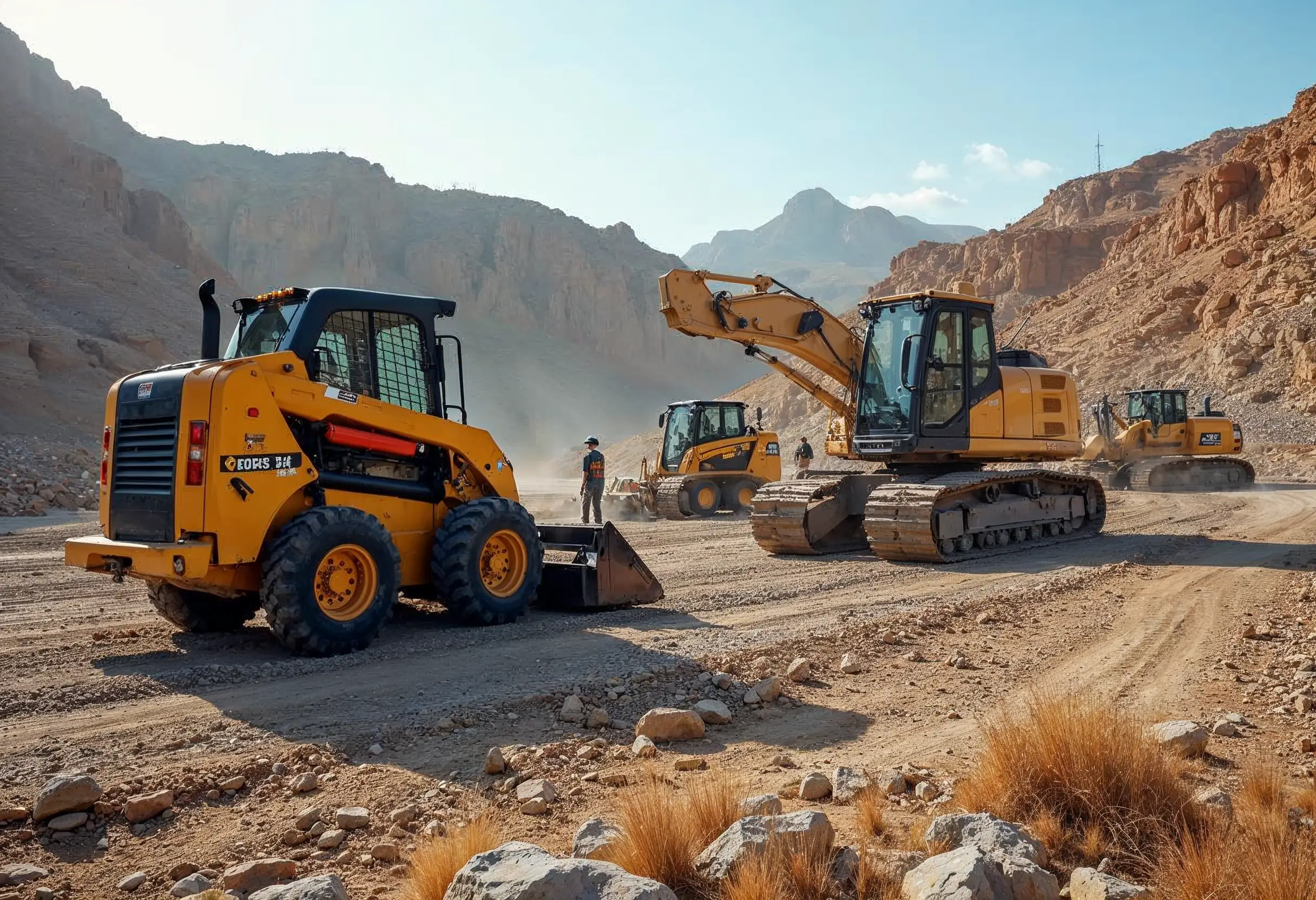
29 Quick Tips for Choosing Construction Equipment for Remote Locations
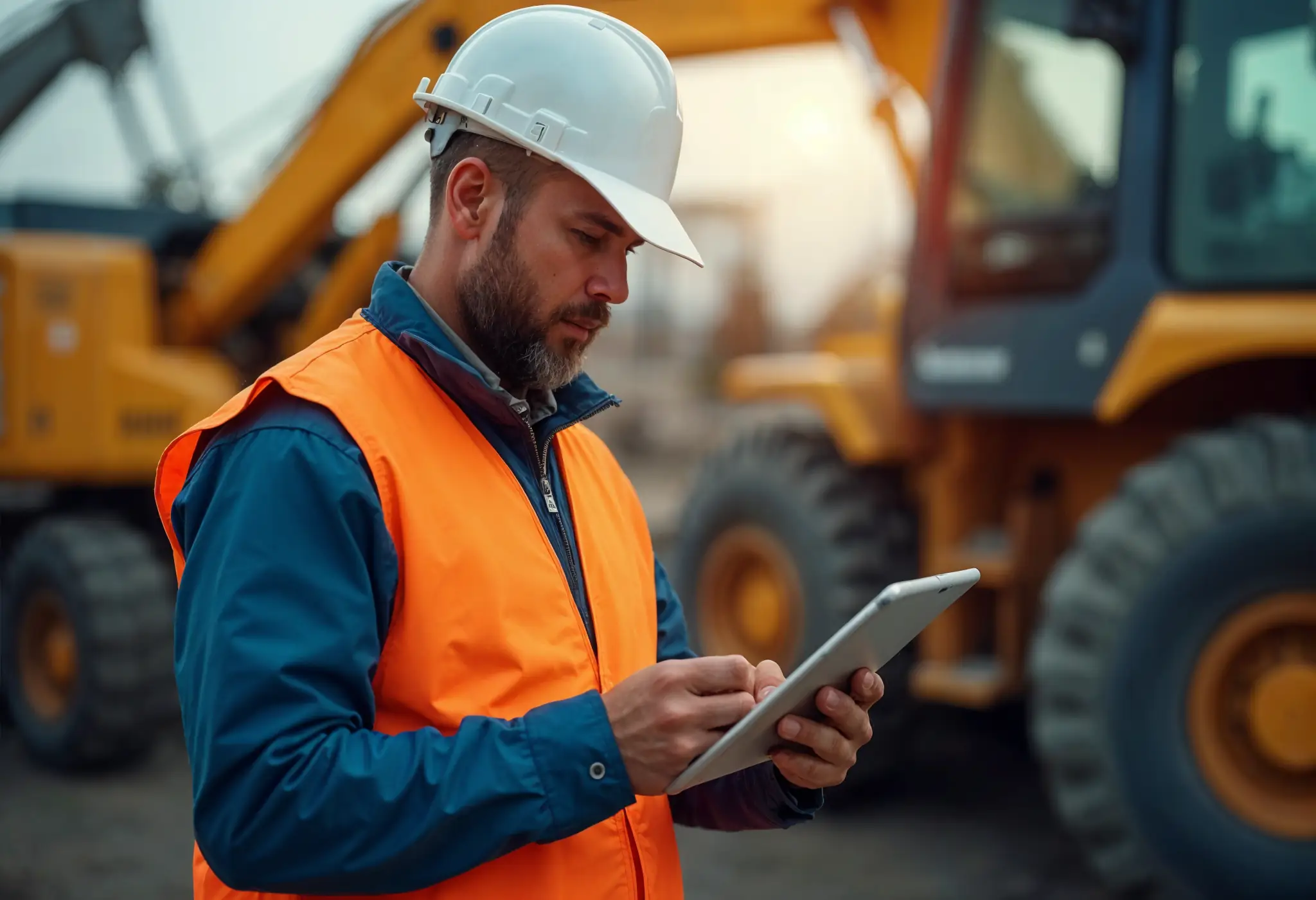
How to Select Construction Machinery with Optimal Equipment Maintenance in Mind
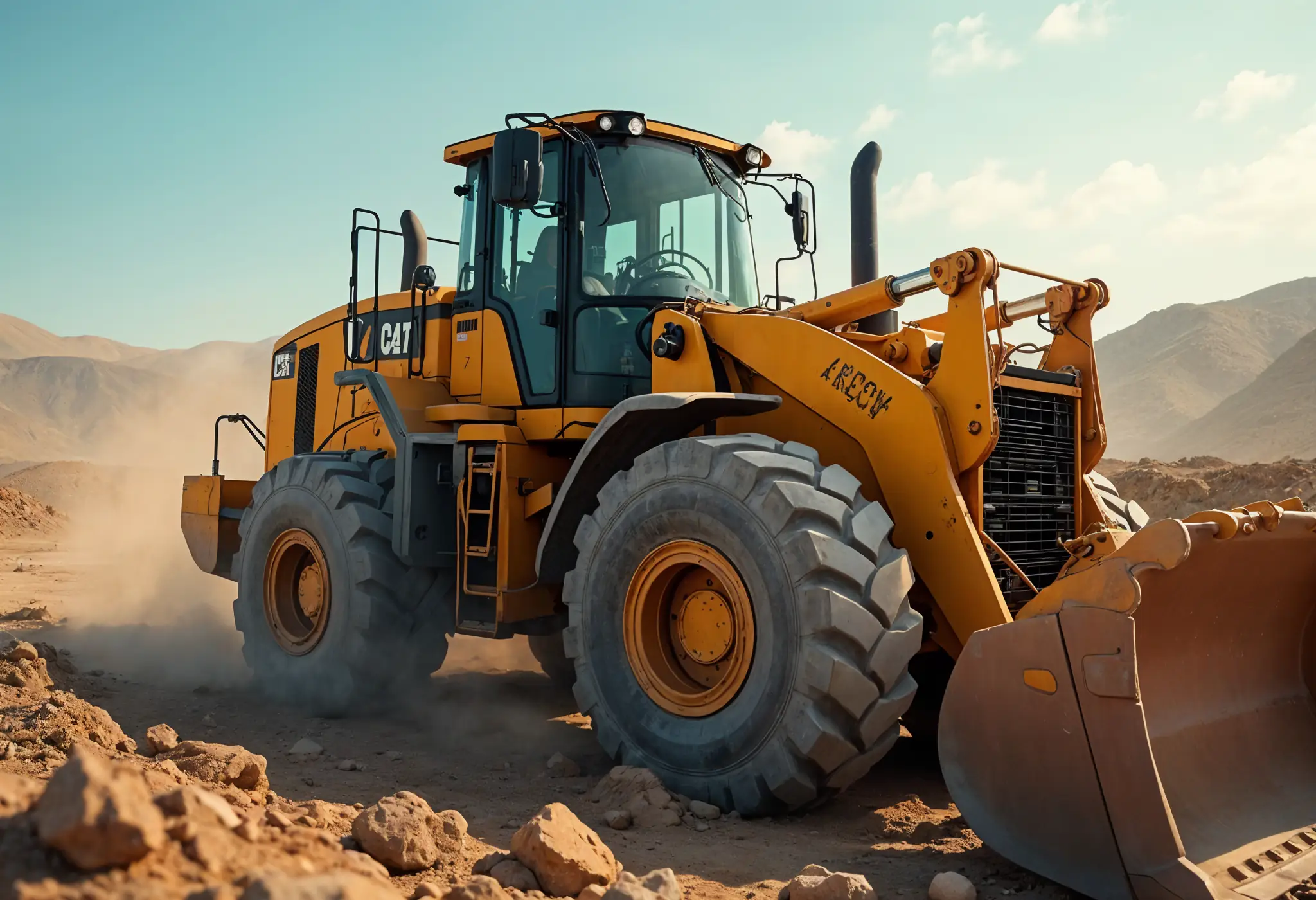
Top 25 Tips for Selecting Bulldozers for Construction Sites
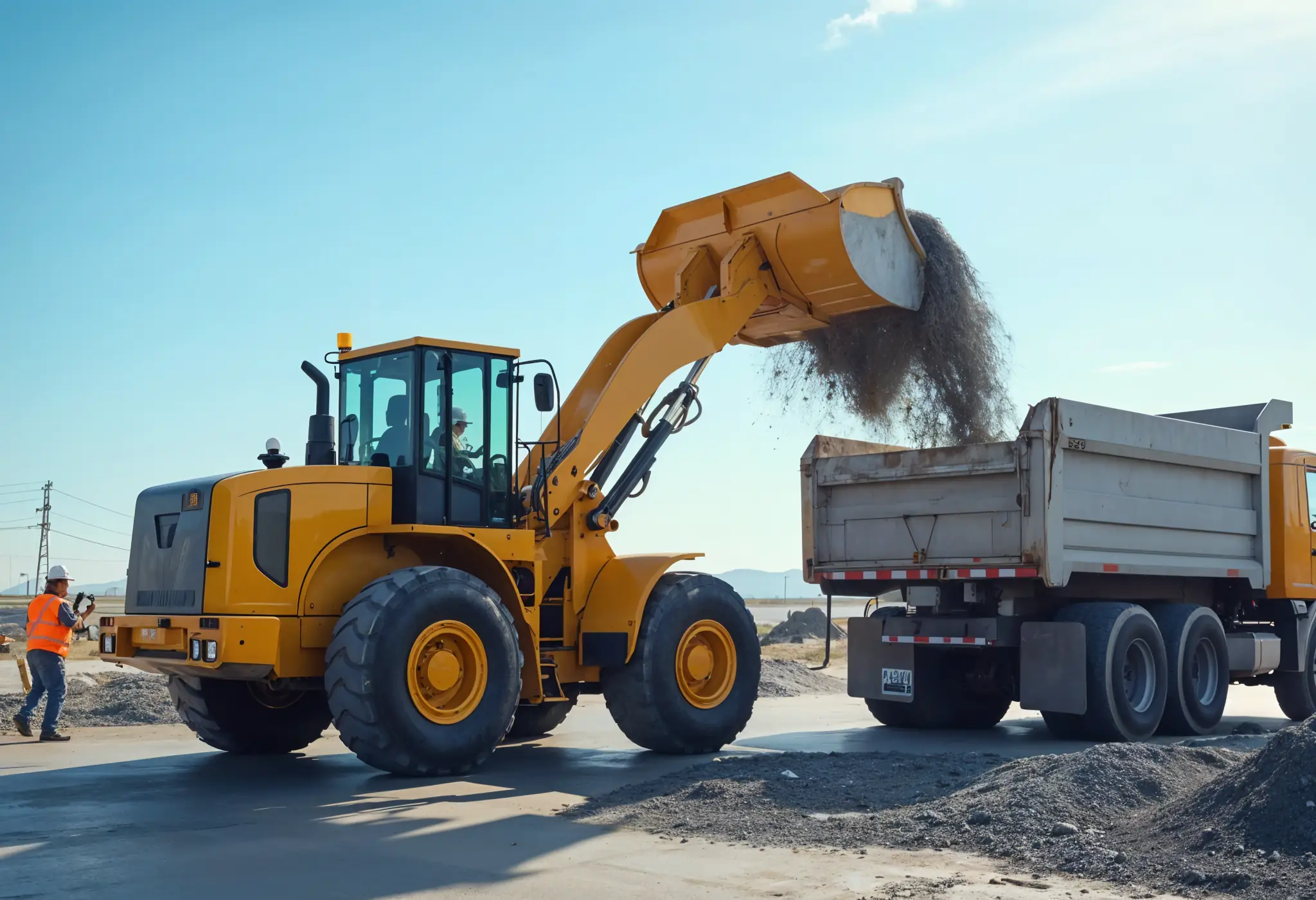
Which Construction Loader is Best for Your Project Needs?

4 Key Steps to Form a Construction Machinery QC Team

15 Essential Tips for Selecting the Perfect Crane for Construction
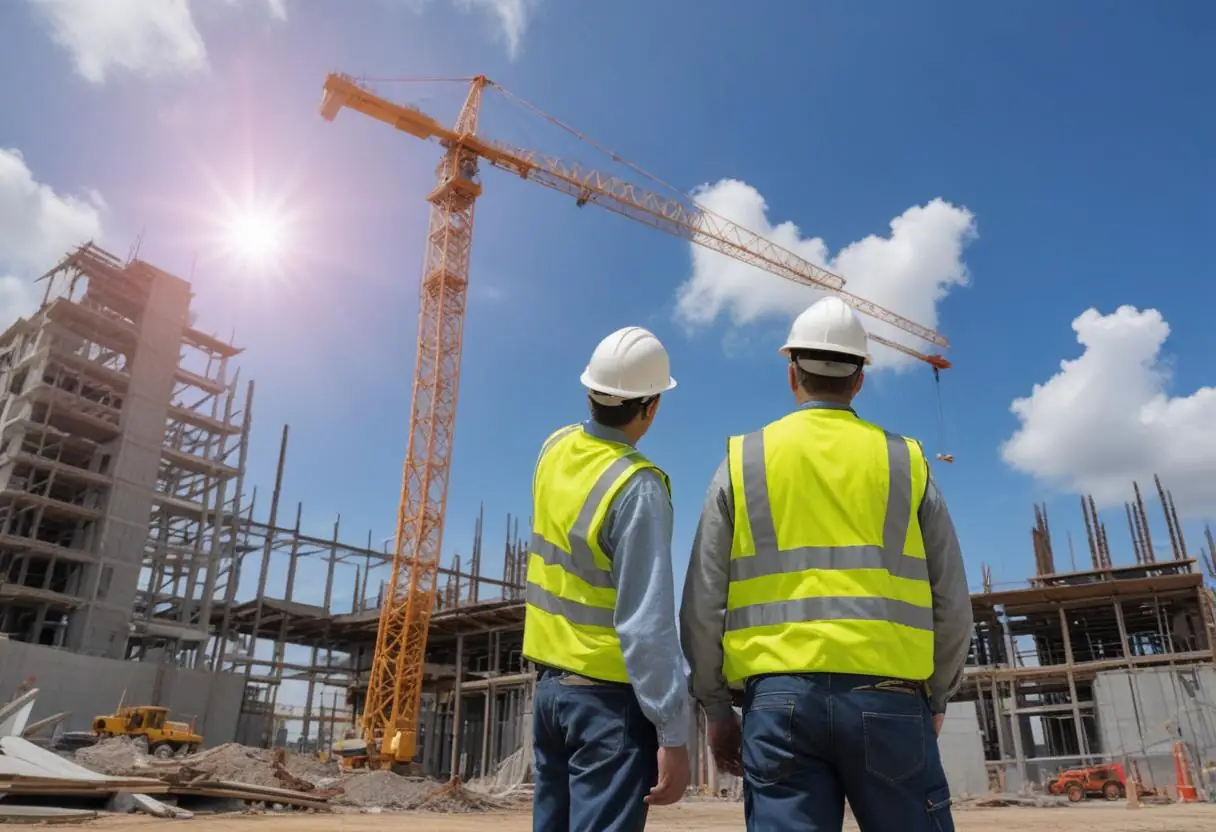
Maximize Savings: Multi-Purpose Construction Machinery for Lower Costs

Affordable Heavy Equipment Parts: A Sourcing Guide
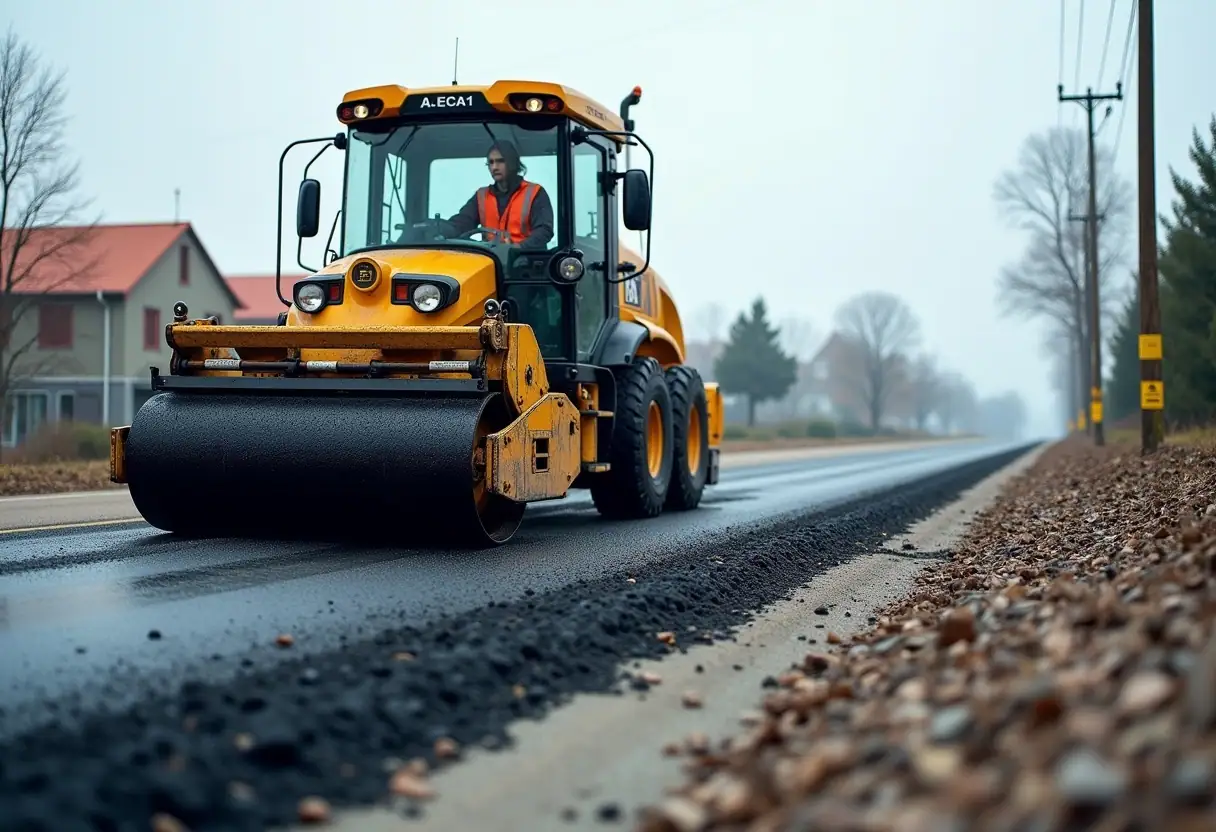
Choosing the Right Road Construction Equipment: A Complete Guide
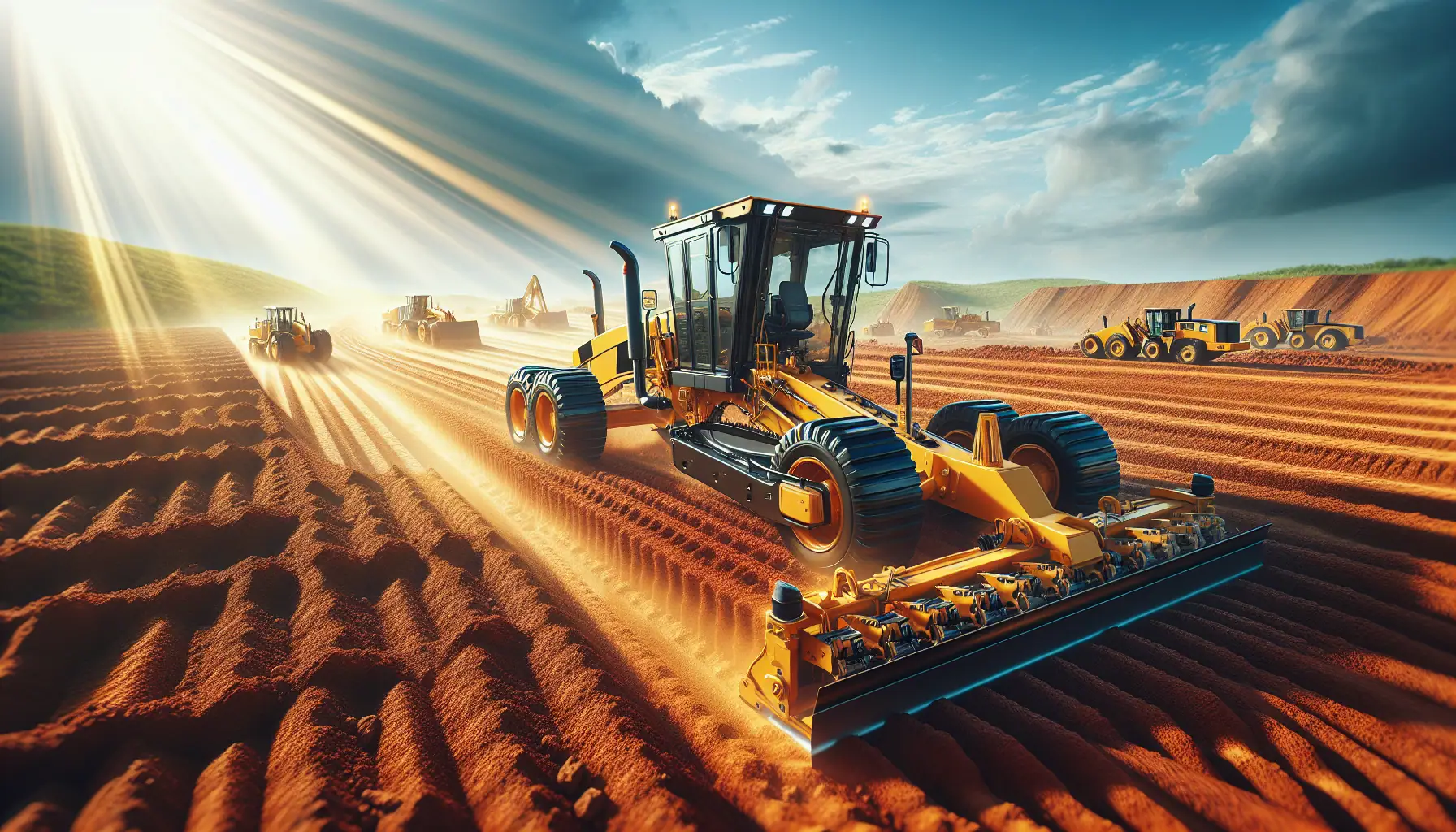
Motor Graders: Key Elements to Consider for Optimal Selection
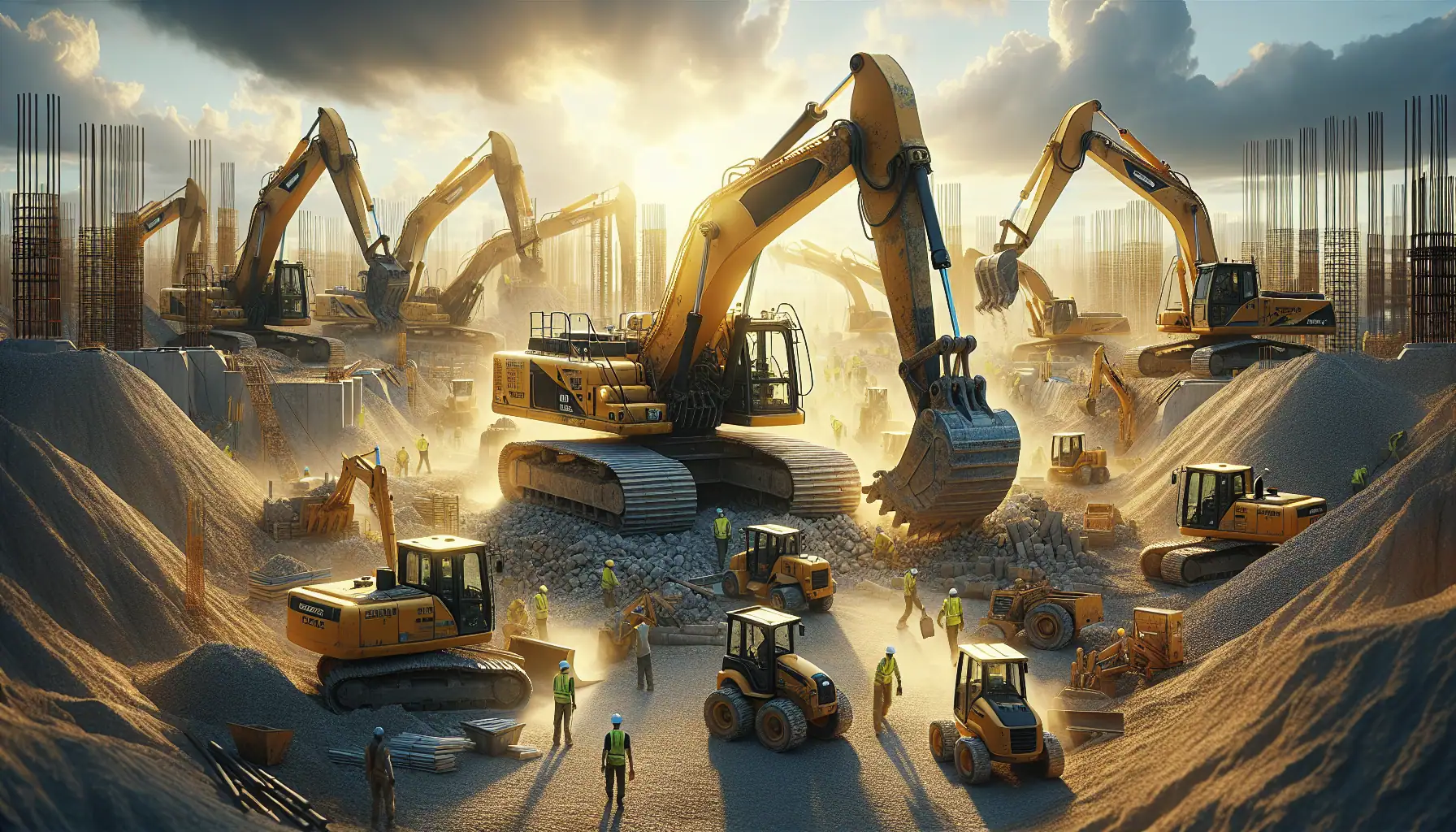
A Detailed Guide to Choosing Excavators for Construction Work

Top Tips for Choosing Cranes for Construction Projects
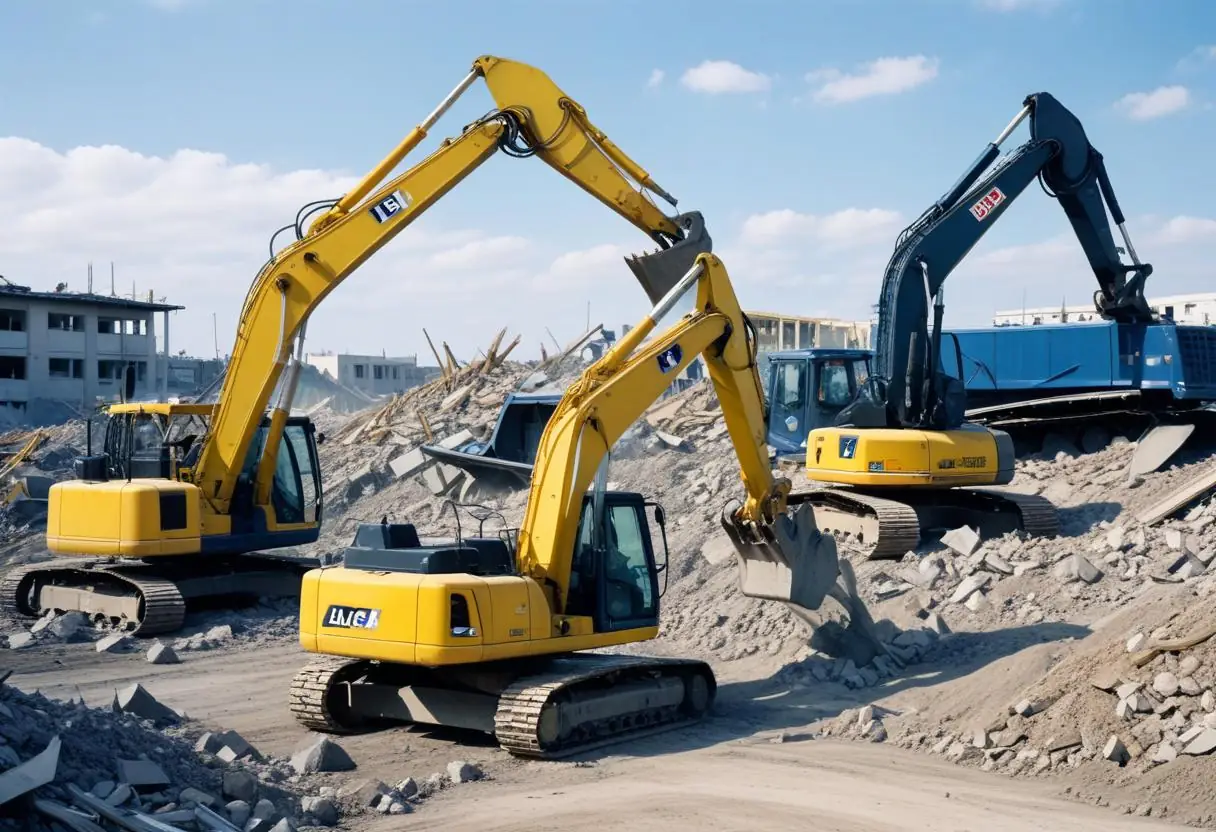
5 Top-Rated Demolition Machines for Construction Professionals
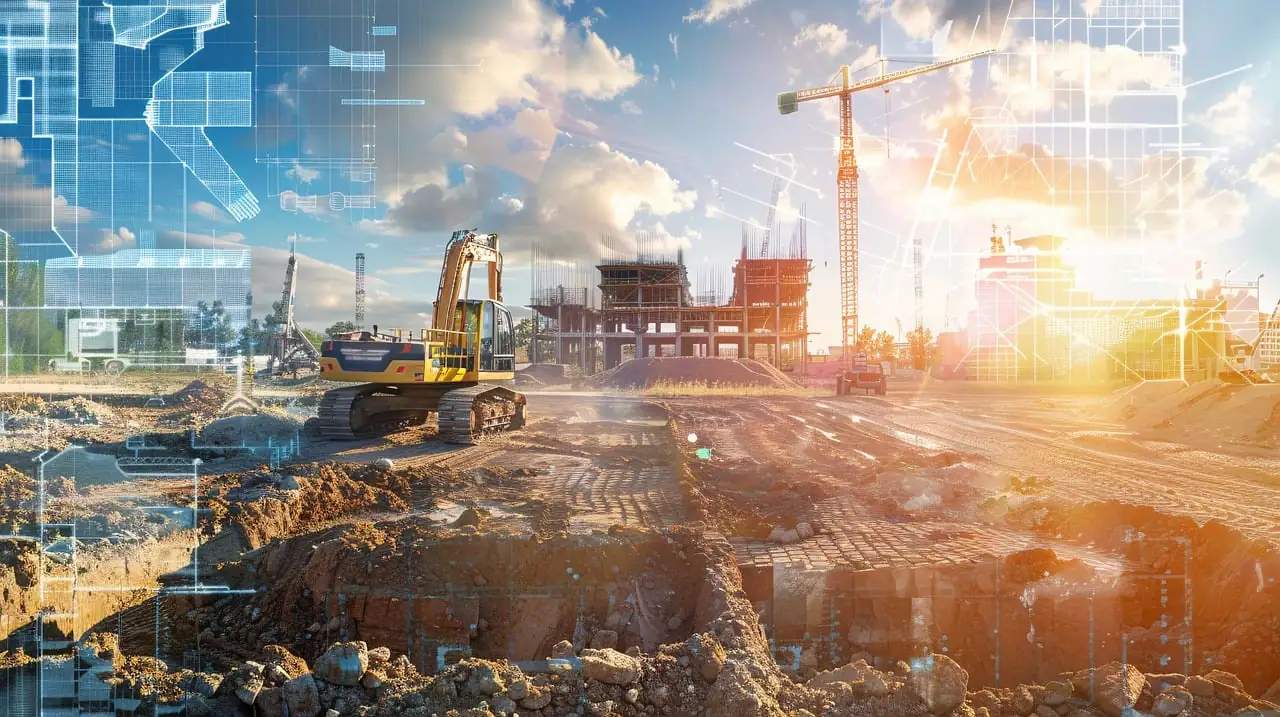
Expert Tips on Choosing Earthmoving Equipment for Large Projects
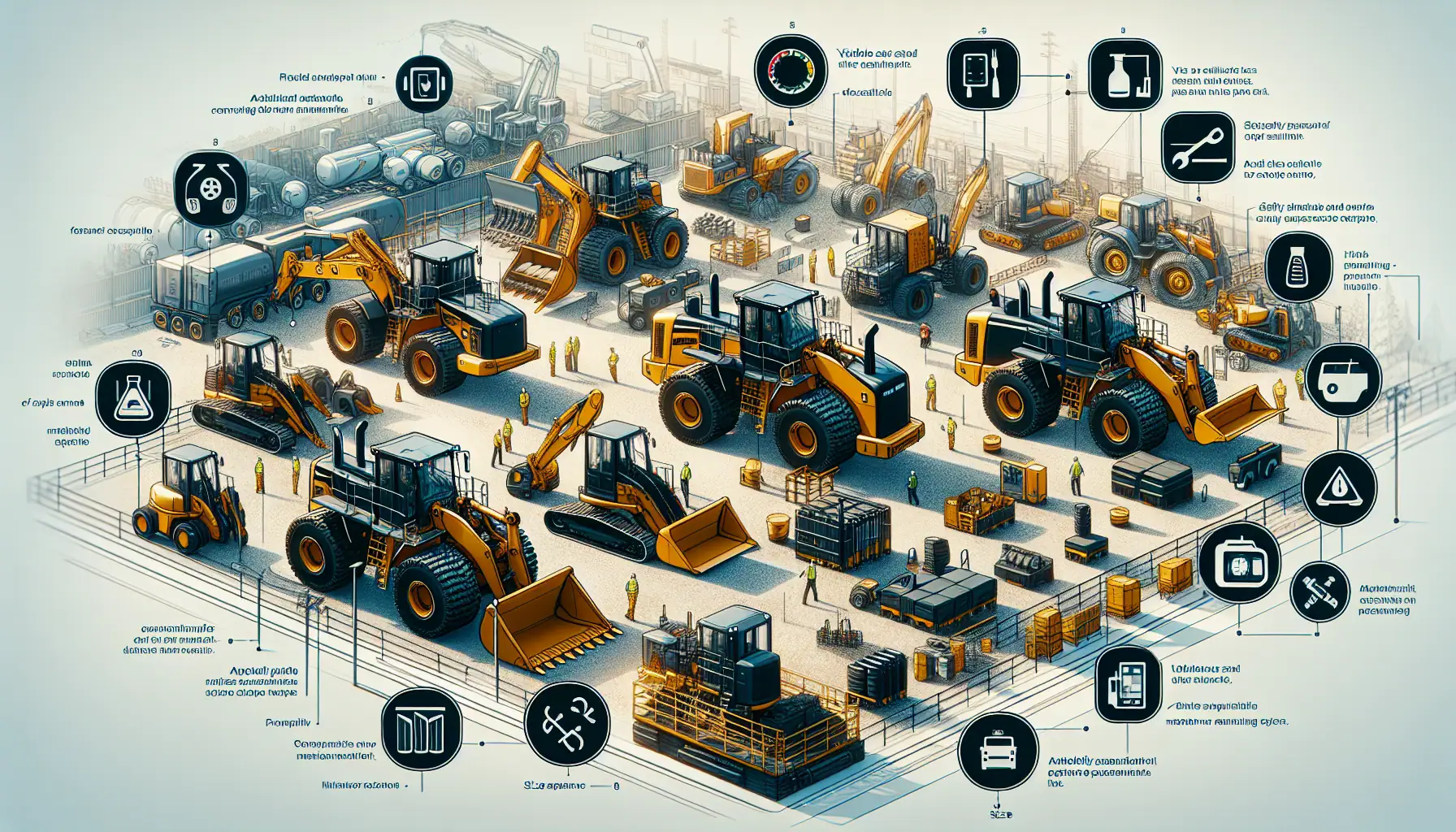
Top Functional Criteria for Selecting Heavy Construction Equipment
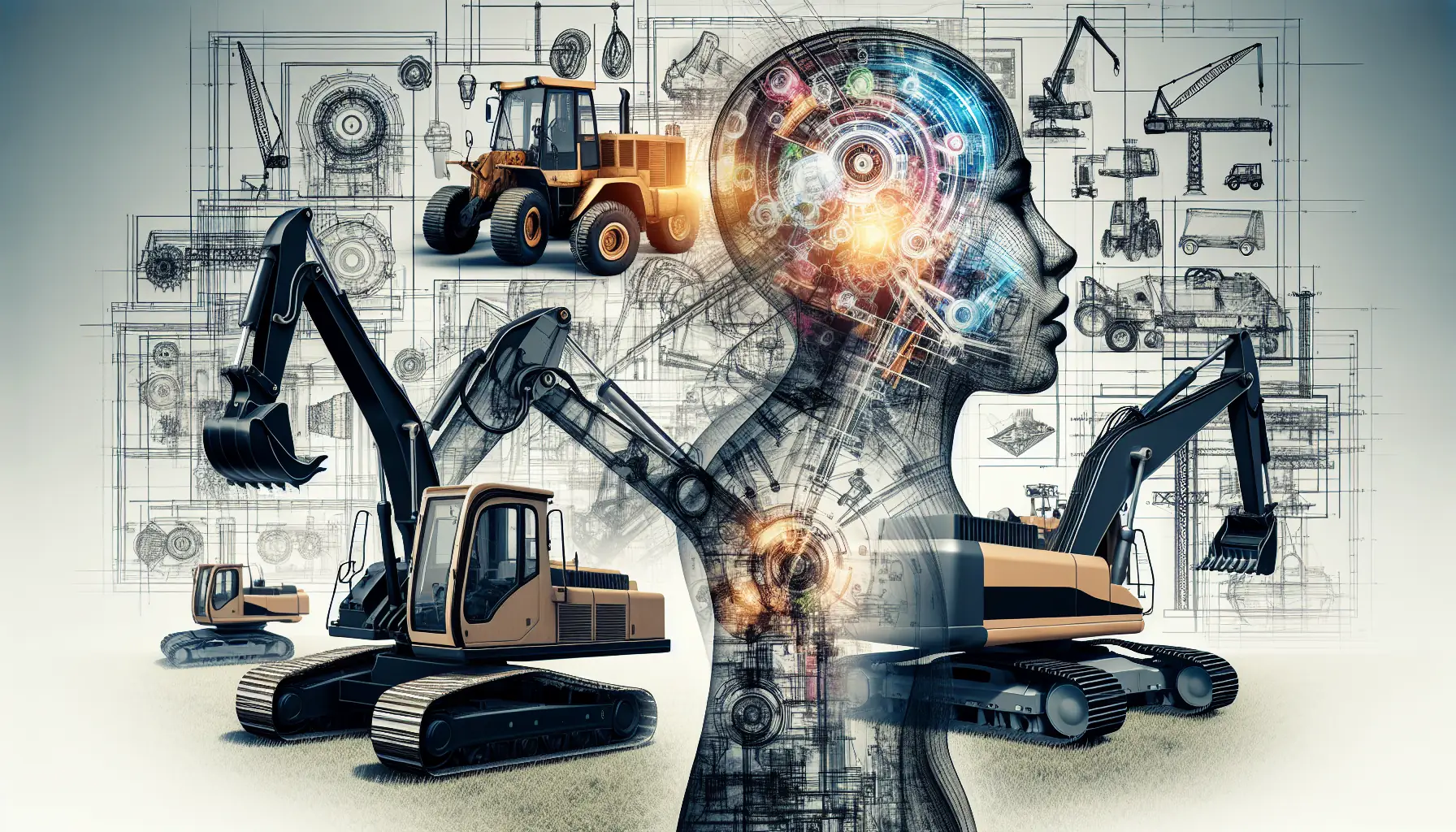
Construction Machinery: Detailed Guide to Equipment Specifications
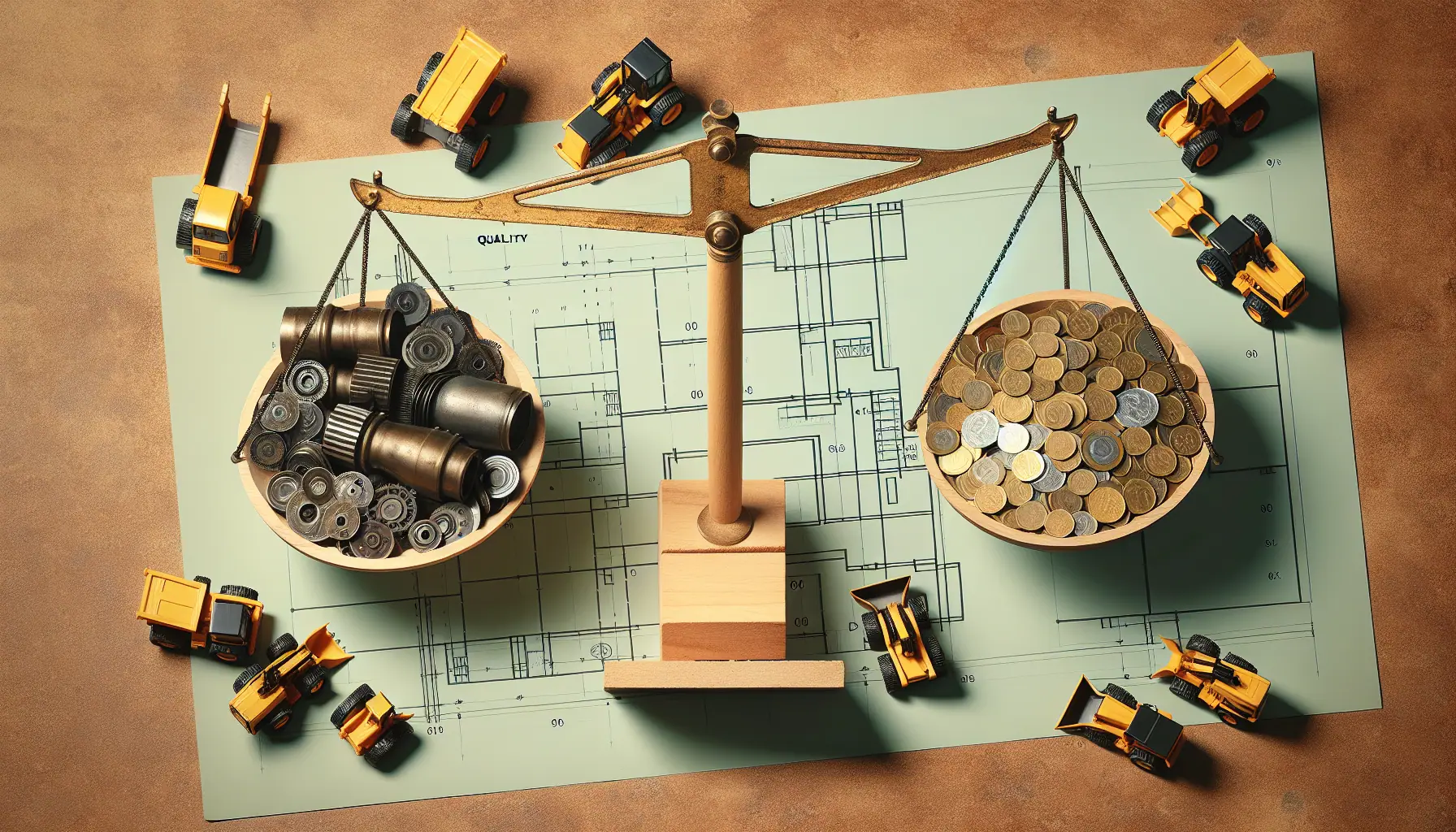
Heavy Machinery Prices: Key Factors in Cost and Quality Balance

Best Construction Heavy Equipment Brands: Pros and Cons
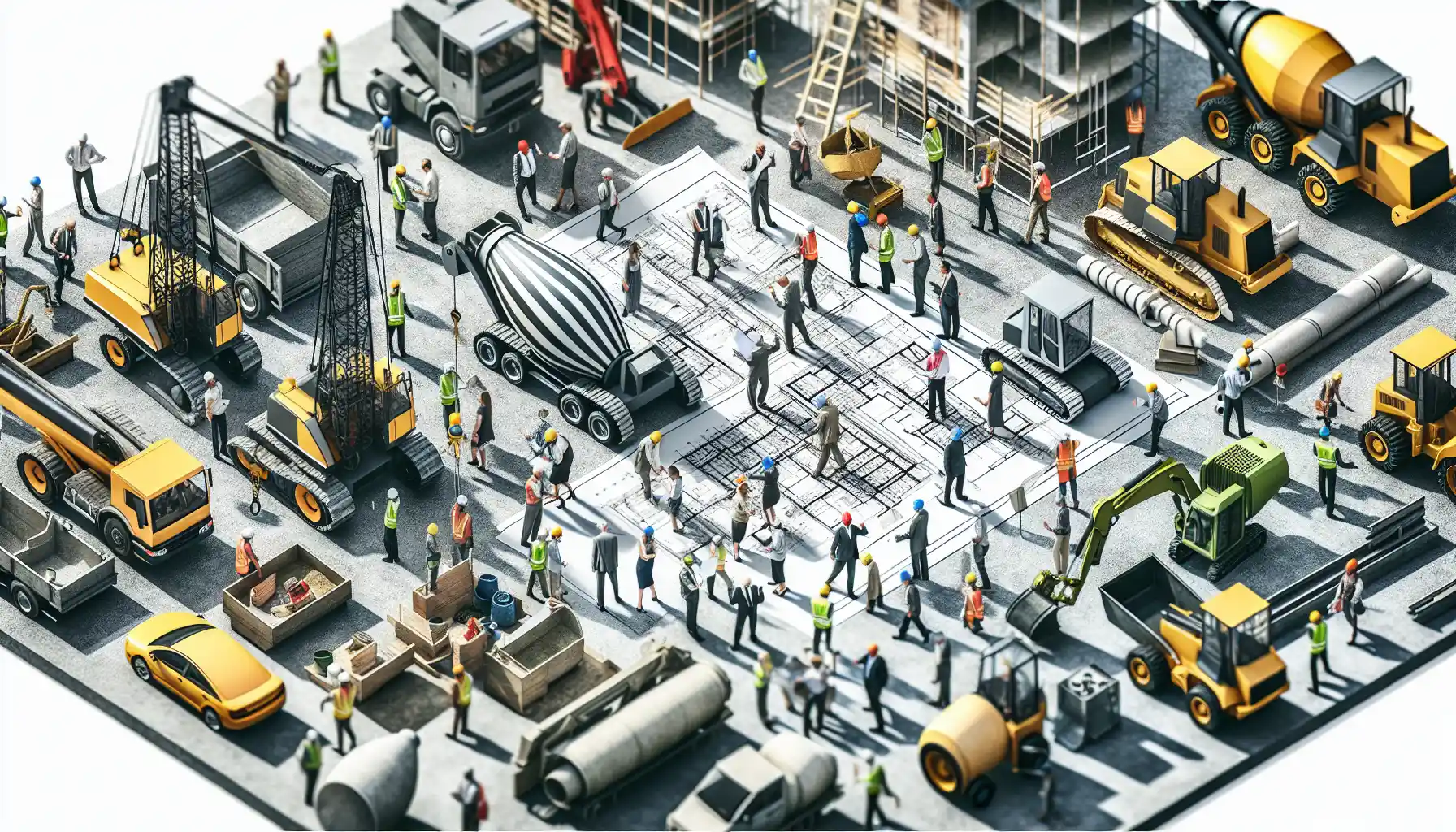
Construction Site Equipment: How to Determine Your Requirements

Maximizing Safety: Risk Management for Construction Projects

Innovations in Construction: Transforming Machinery and Equipment
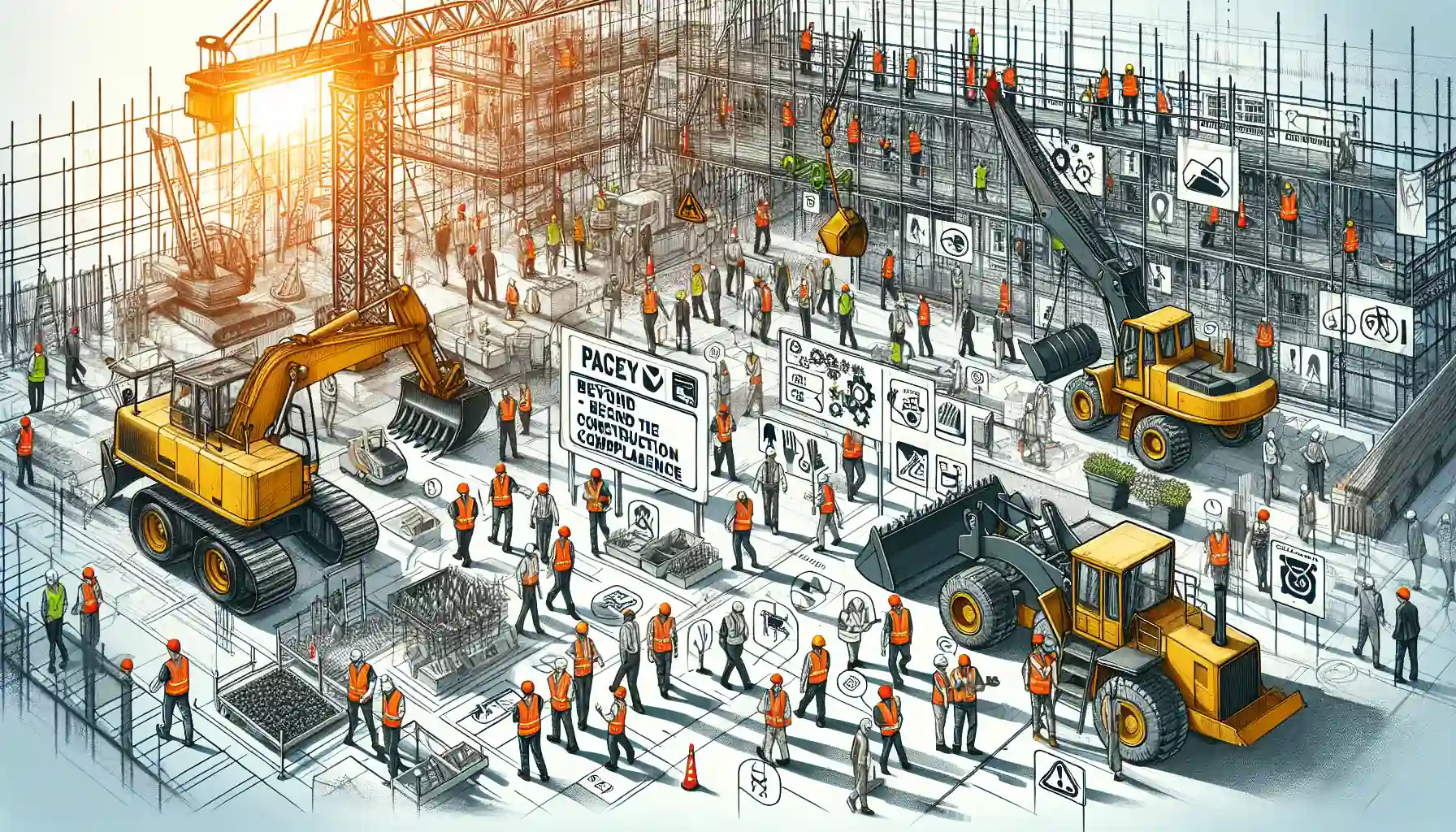
Heavy Equipment Safety: Beyond the Basics in Construction Compliance
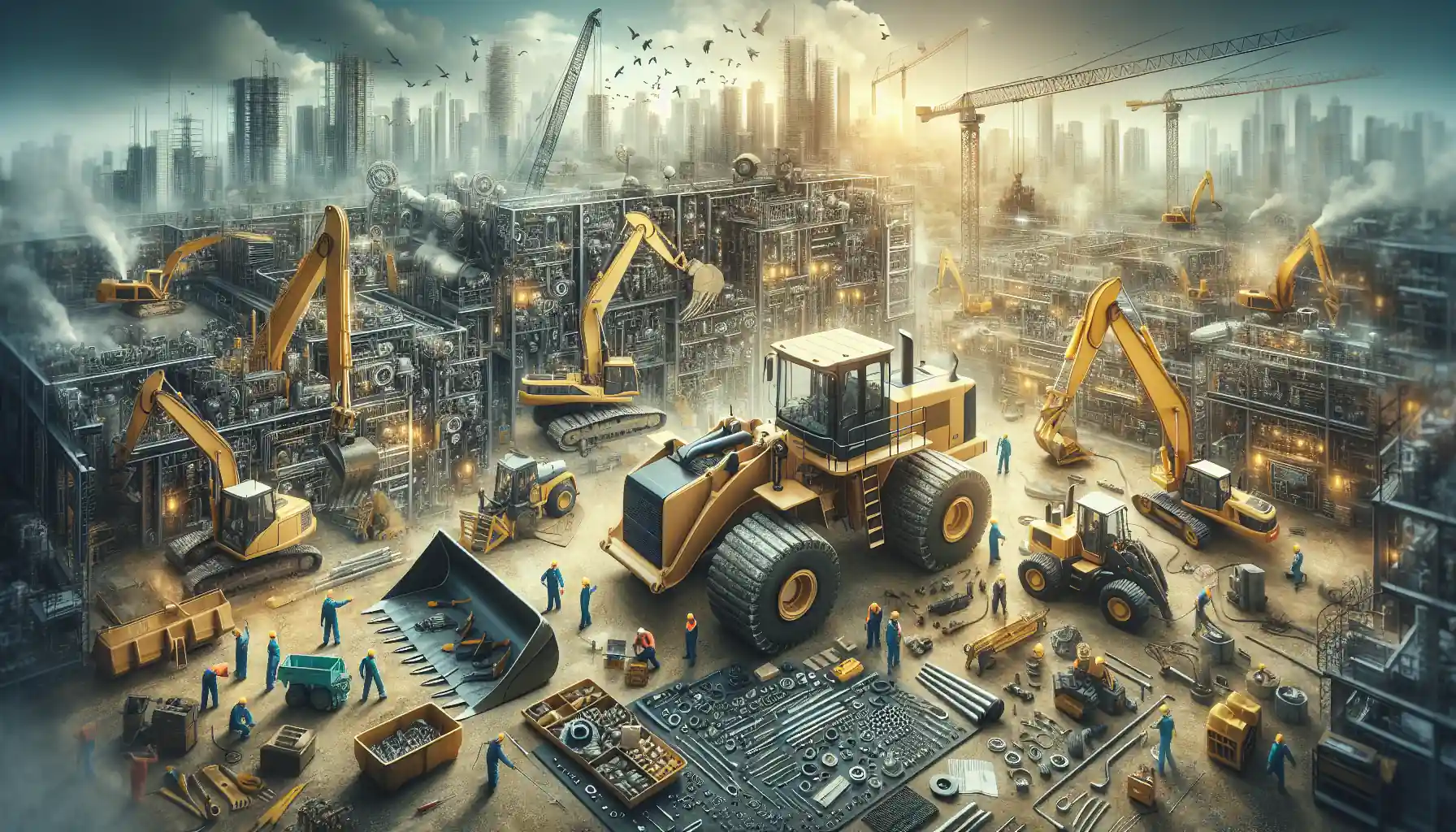
The Essential Handbook for Construction Equipment Repair and Maintenance
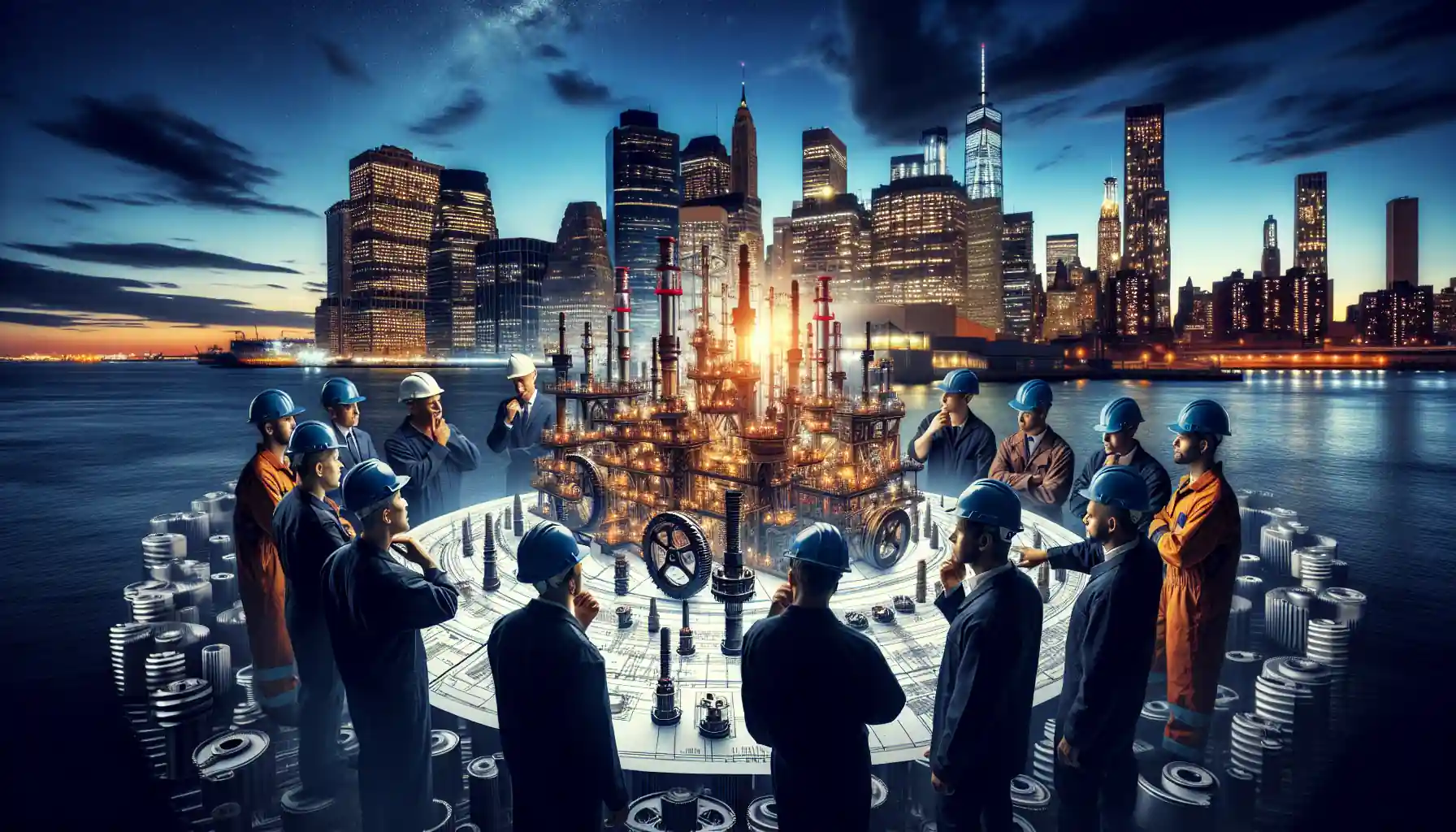
How to Efficiently Source Oil and Gas Machinery Parts in NYC

Essential Guide to Sourcing Agriculture Equipment Parts
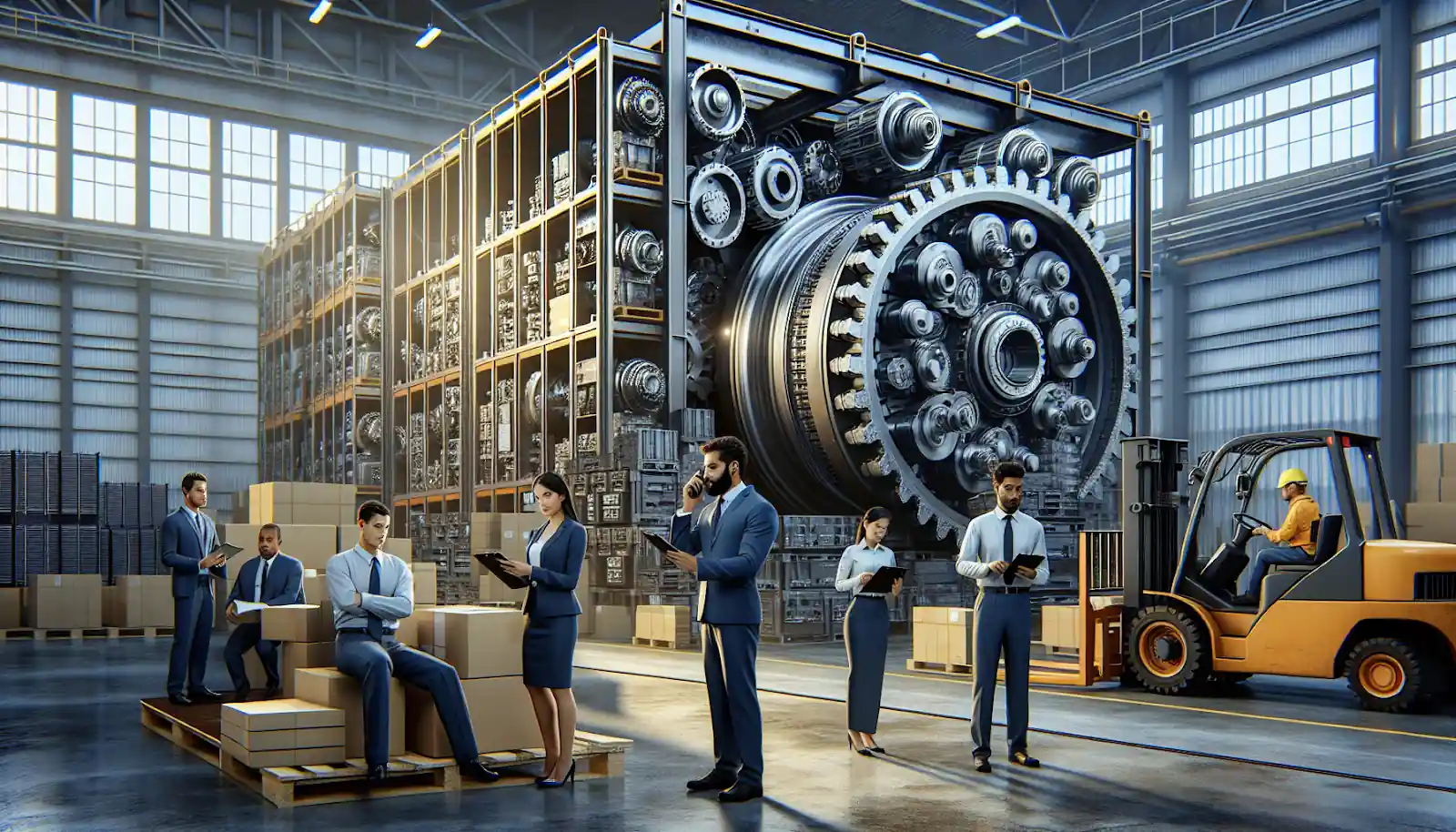
How to Source Mining Machinery Parts: Tips and Strategies
